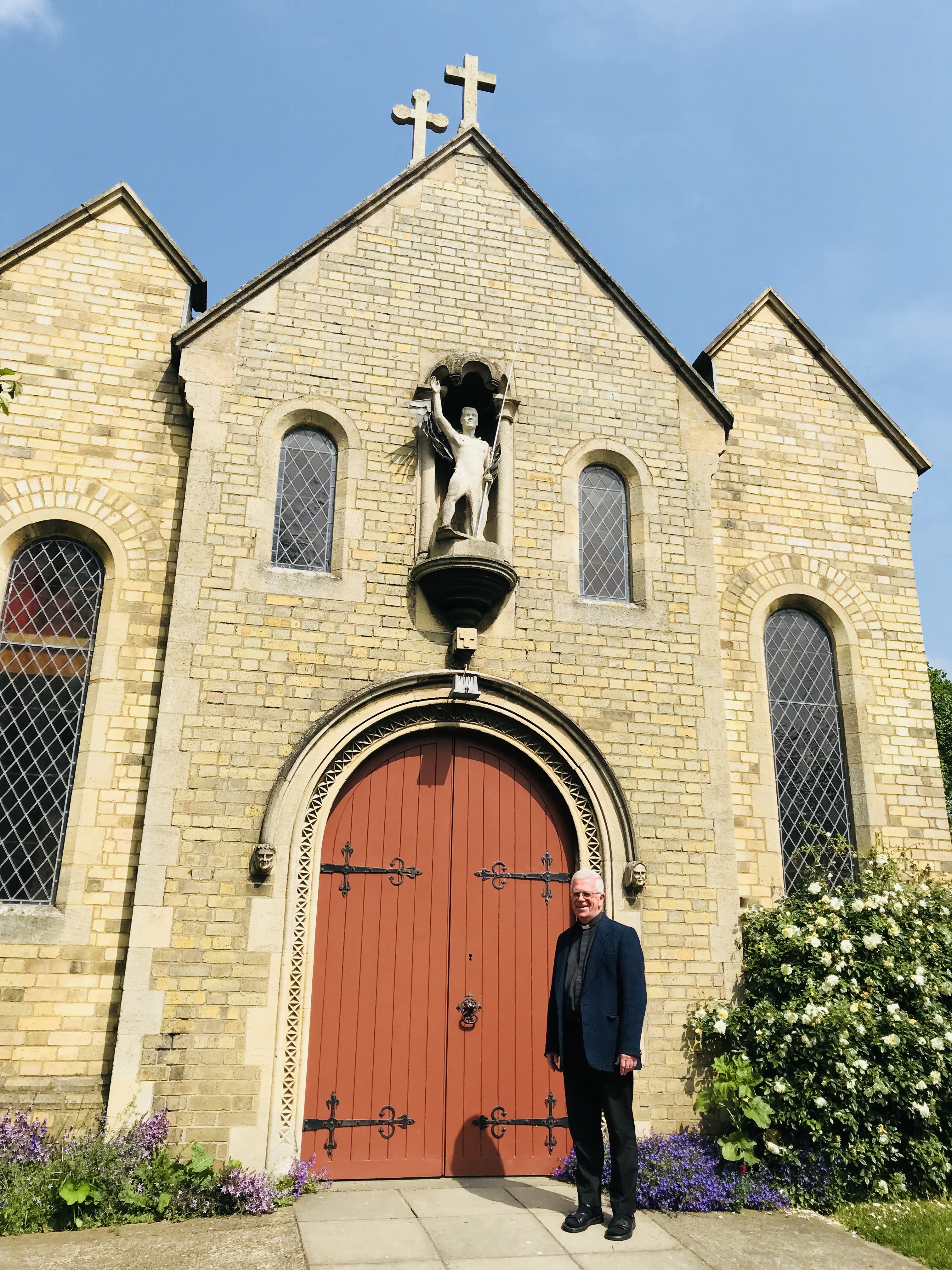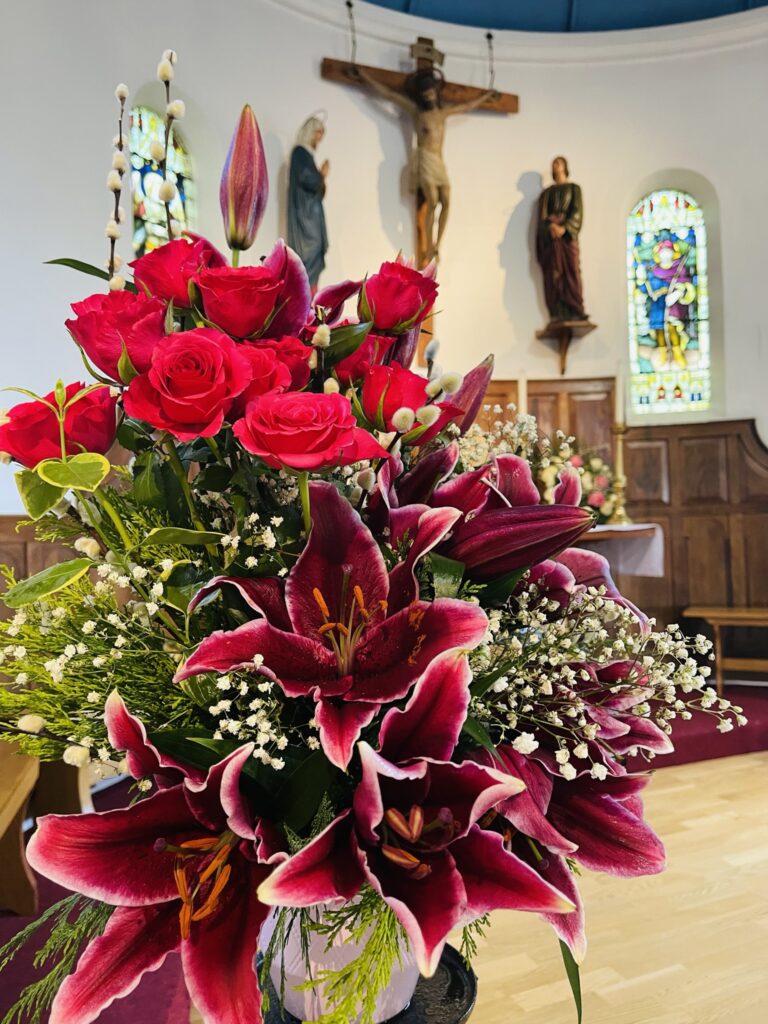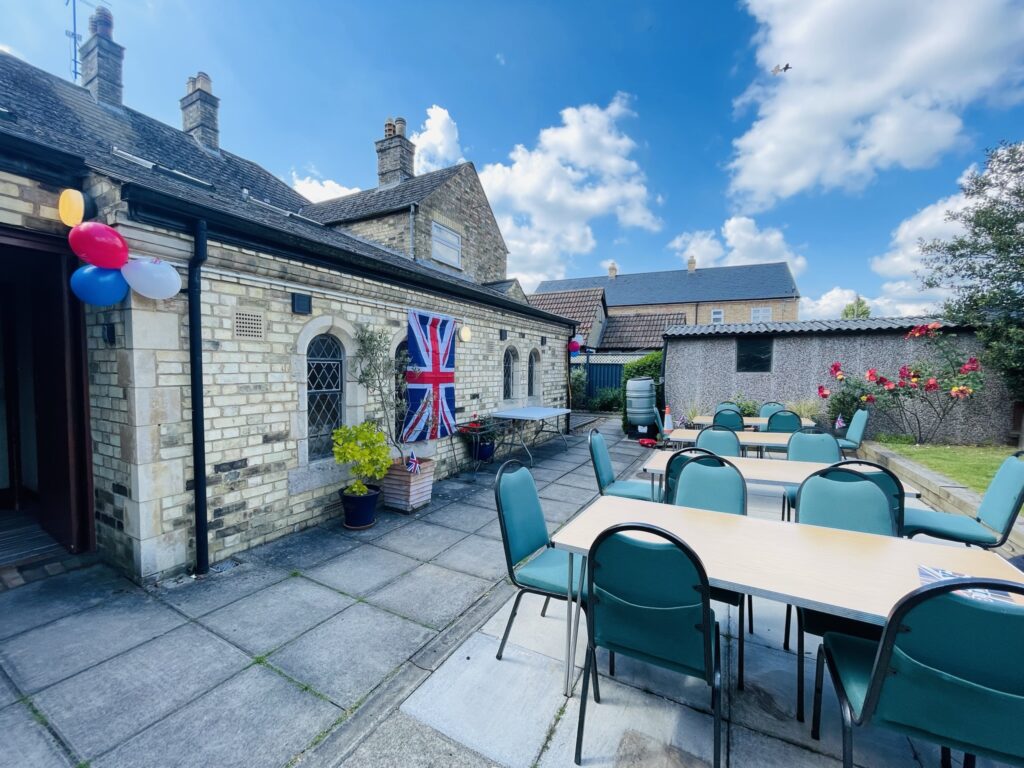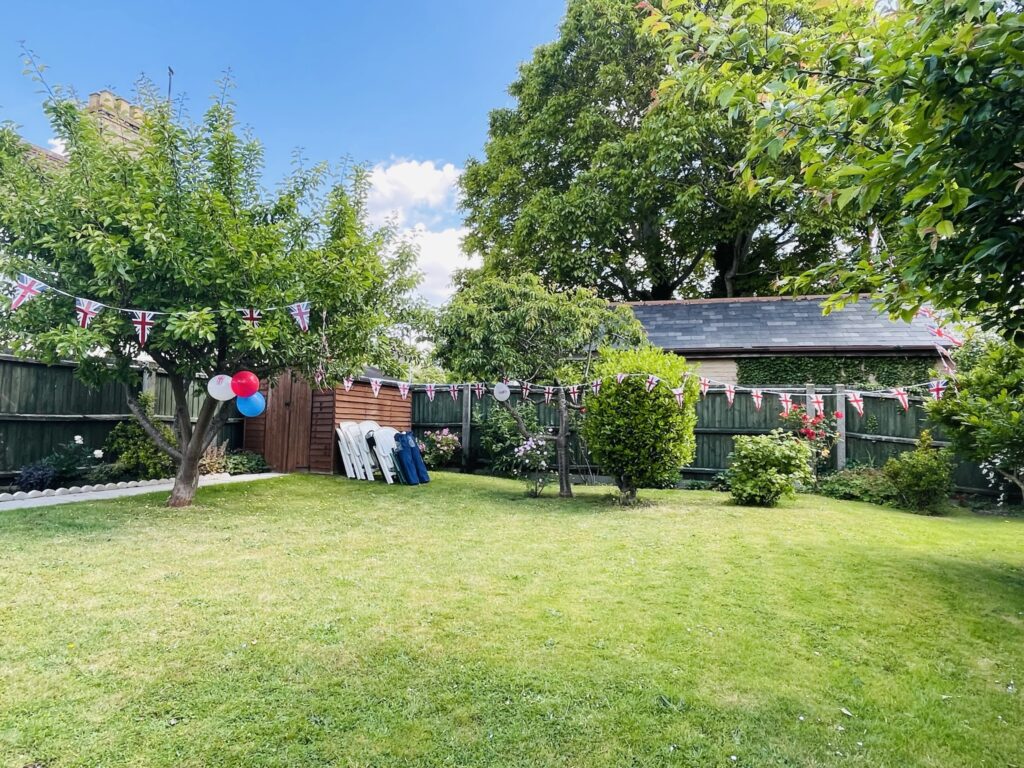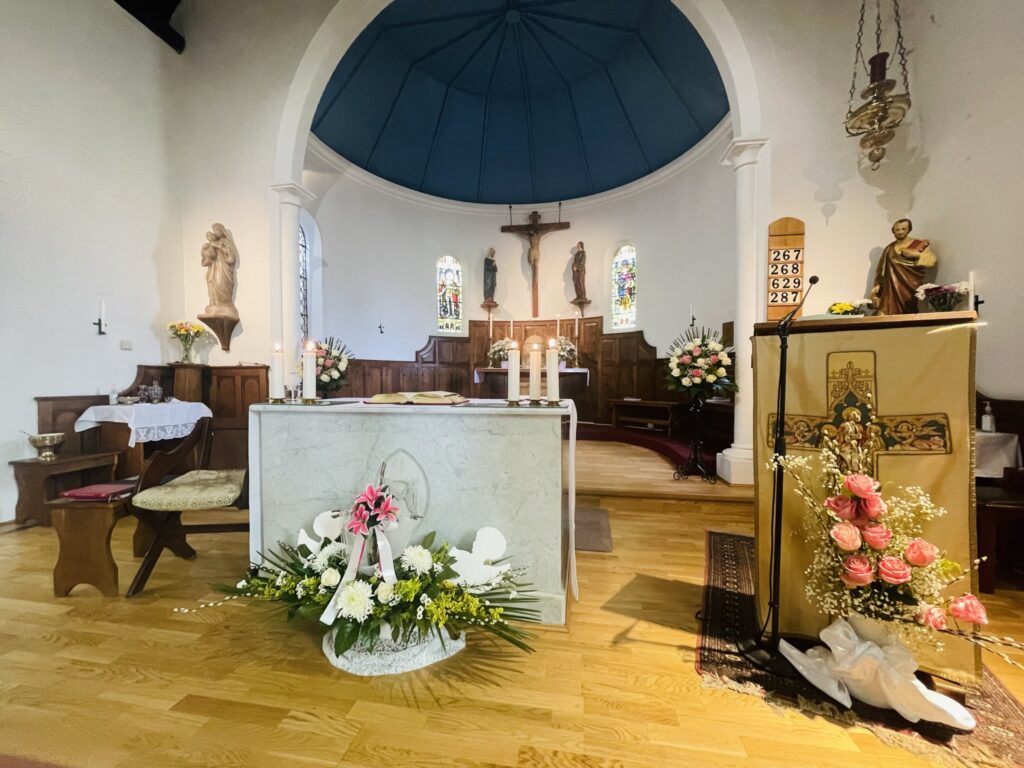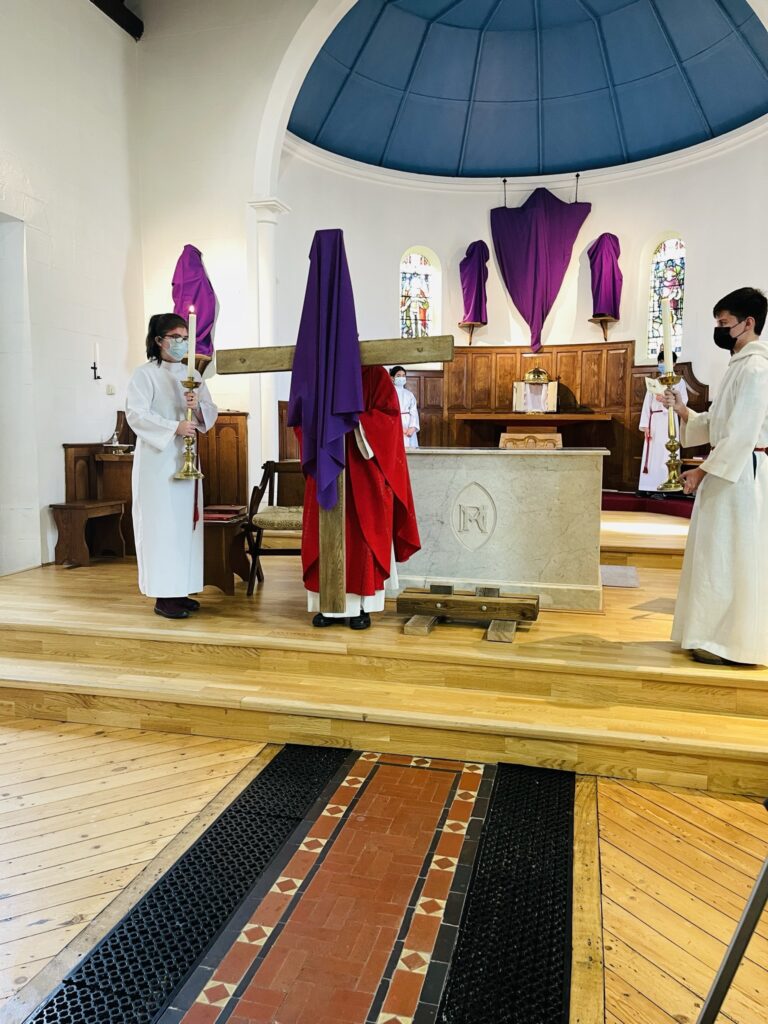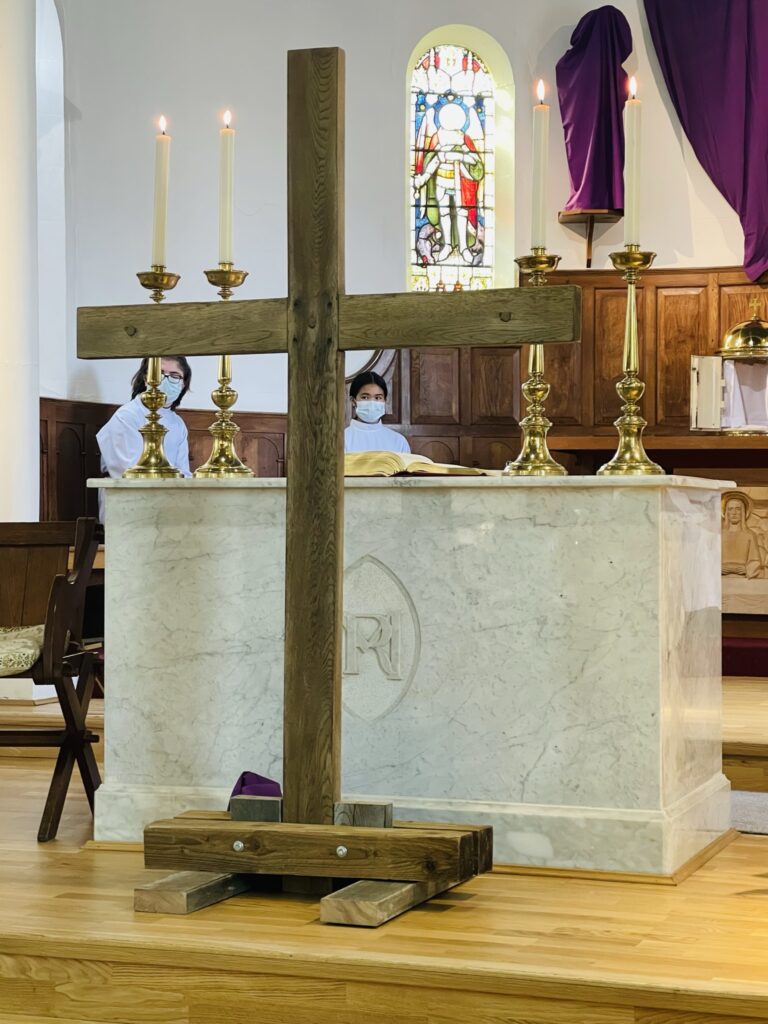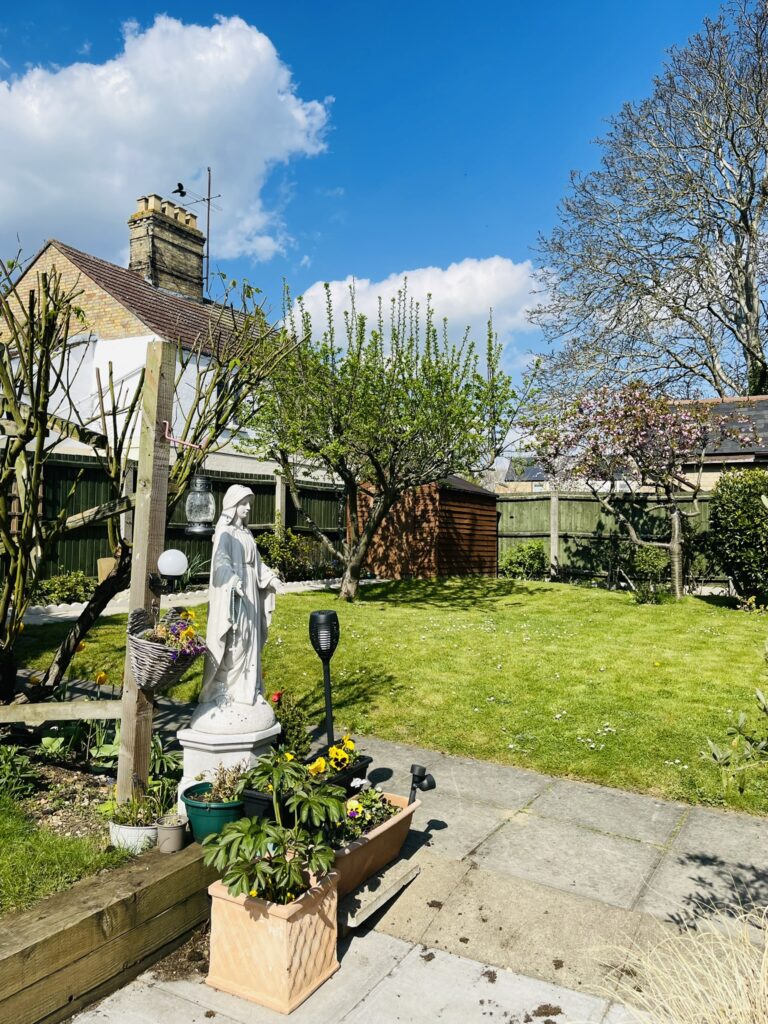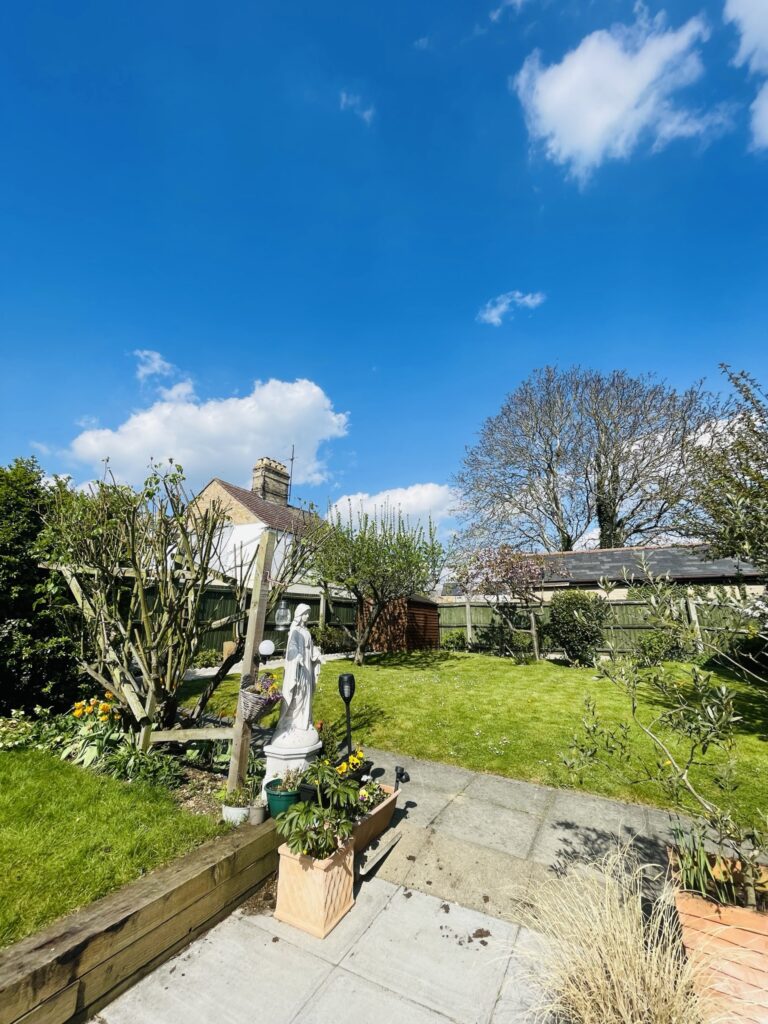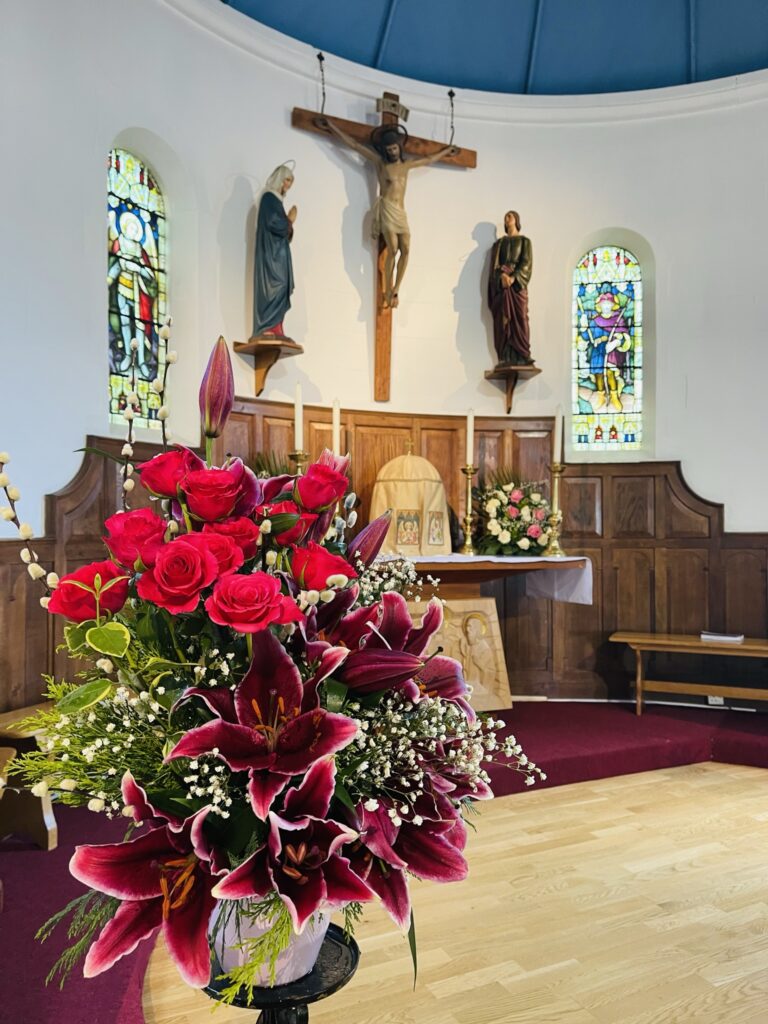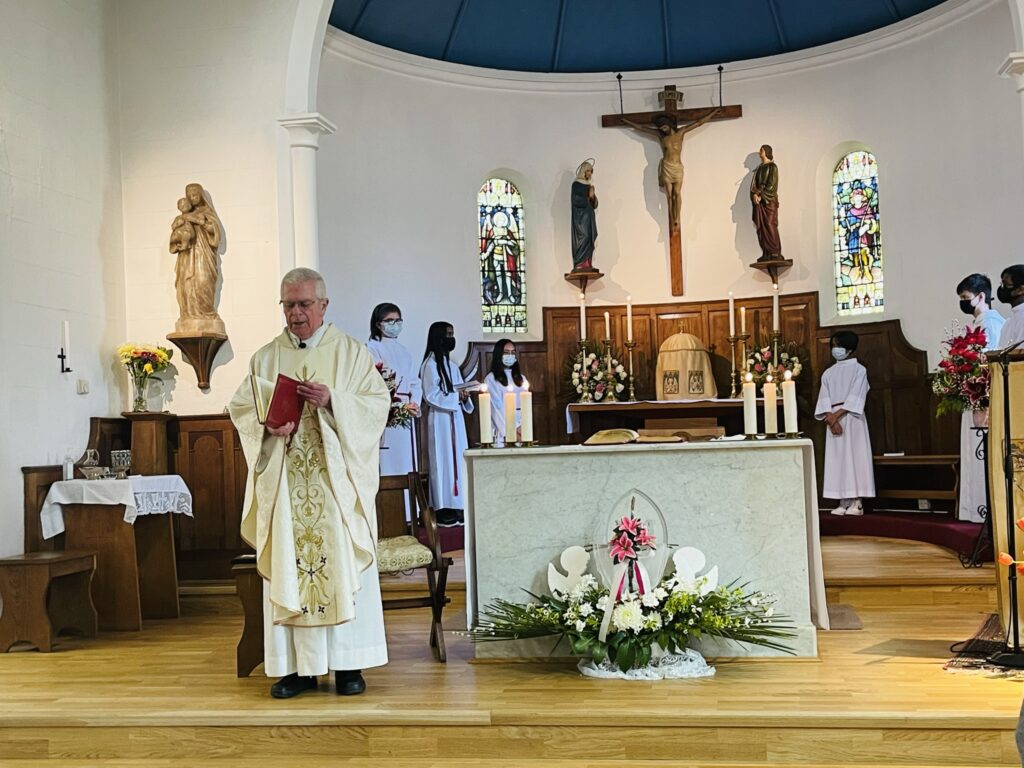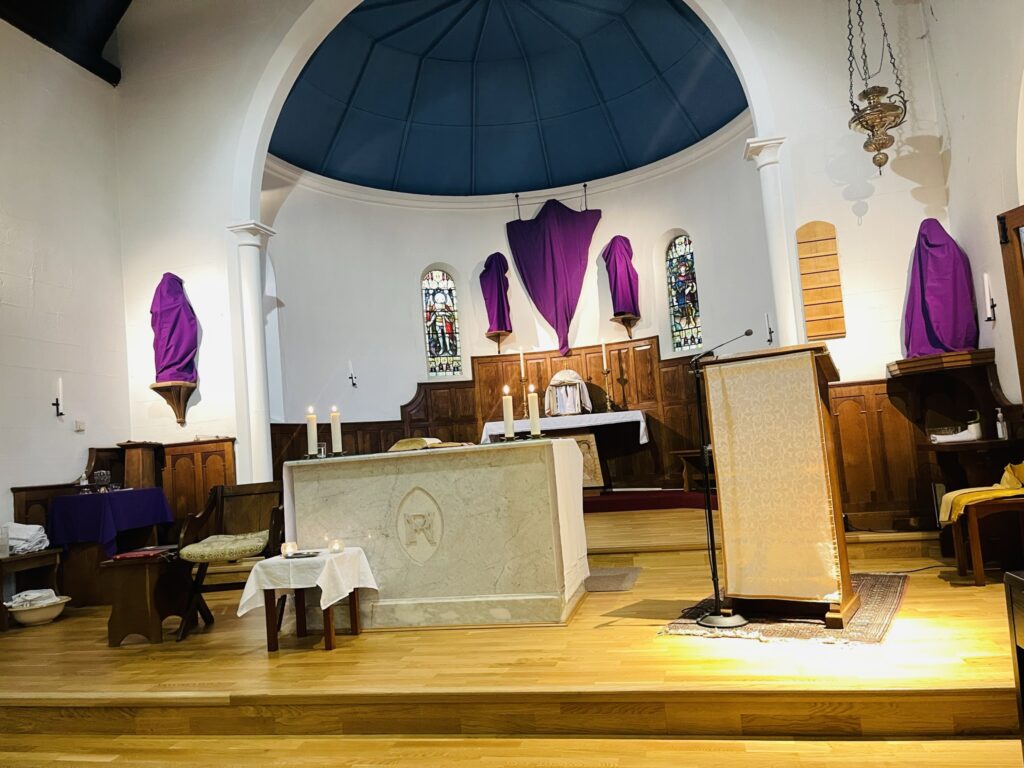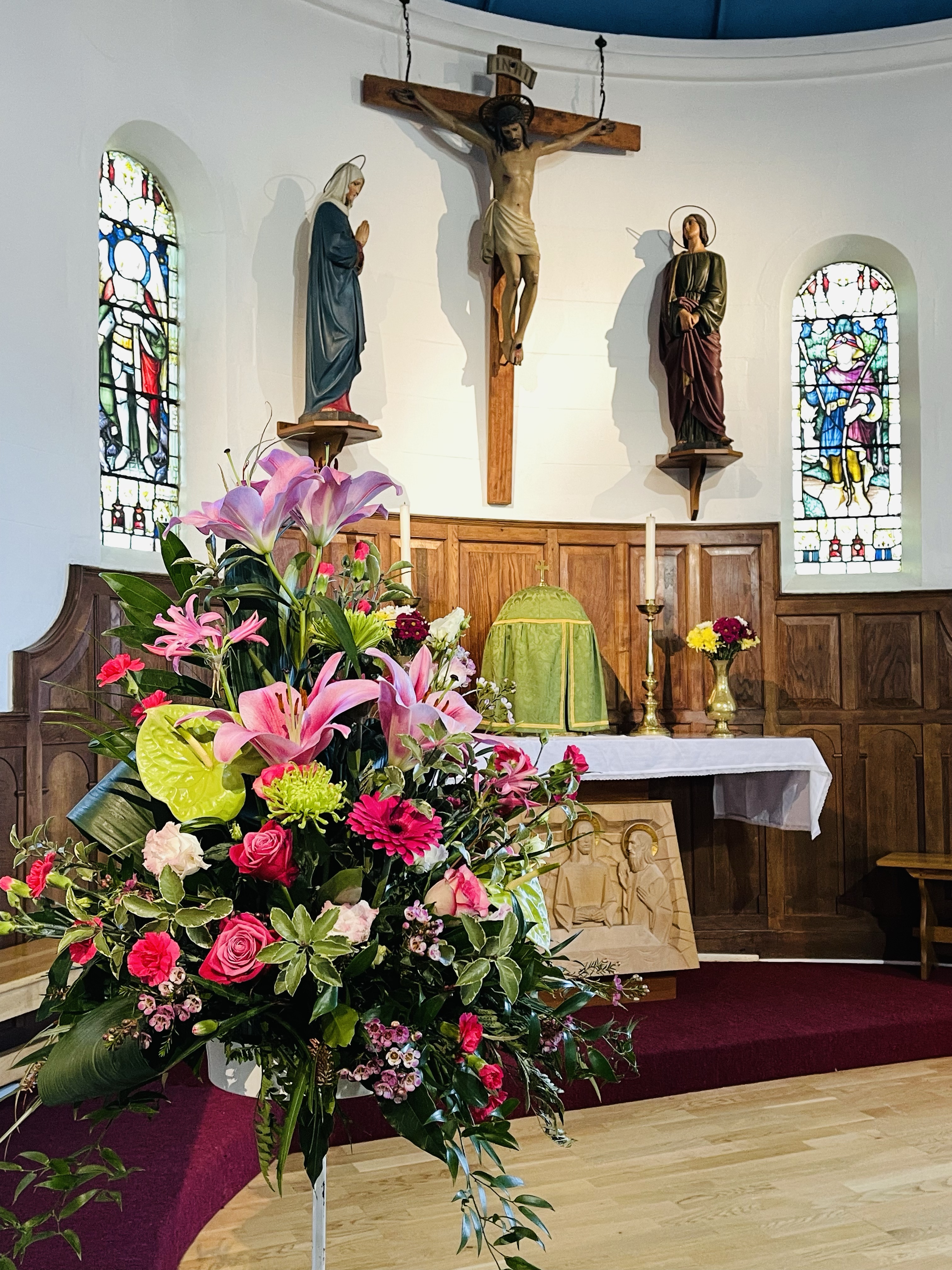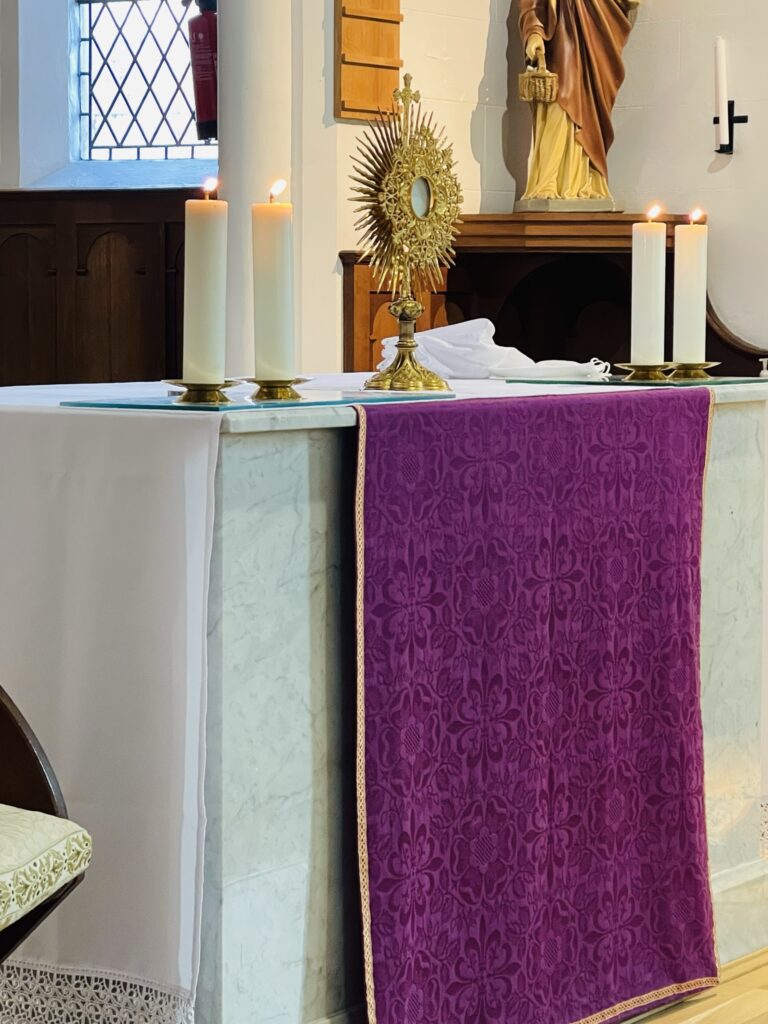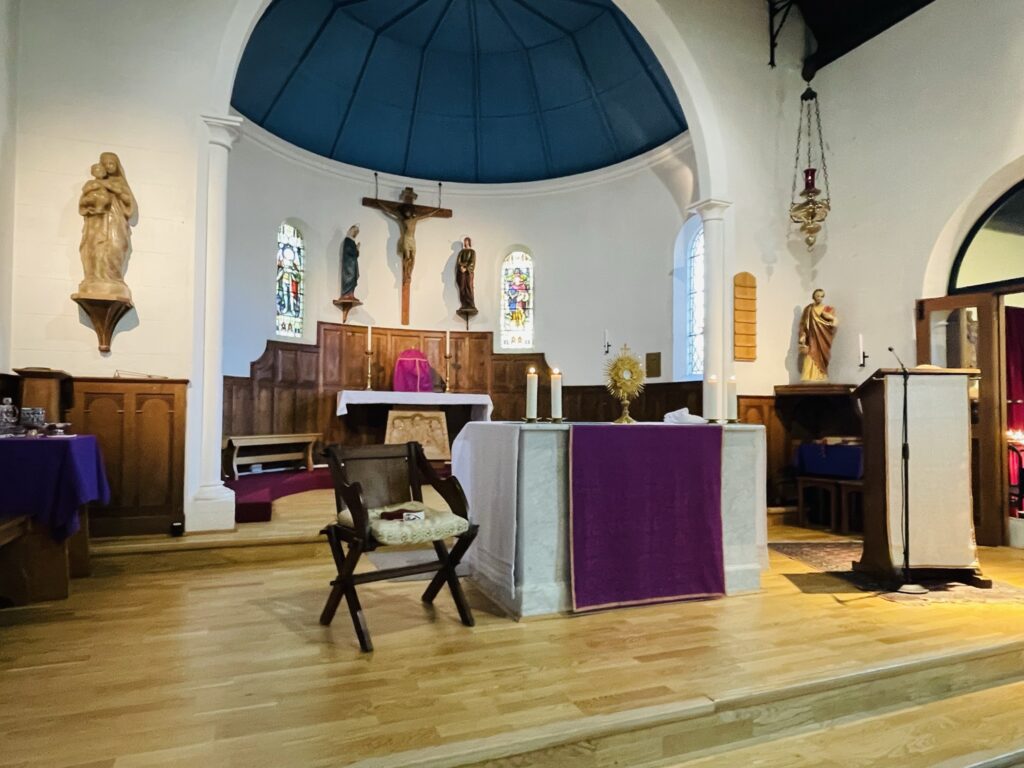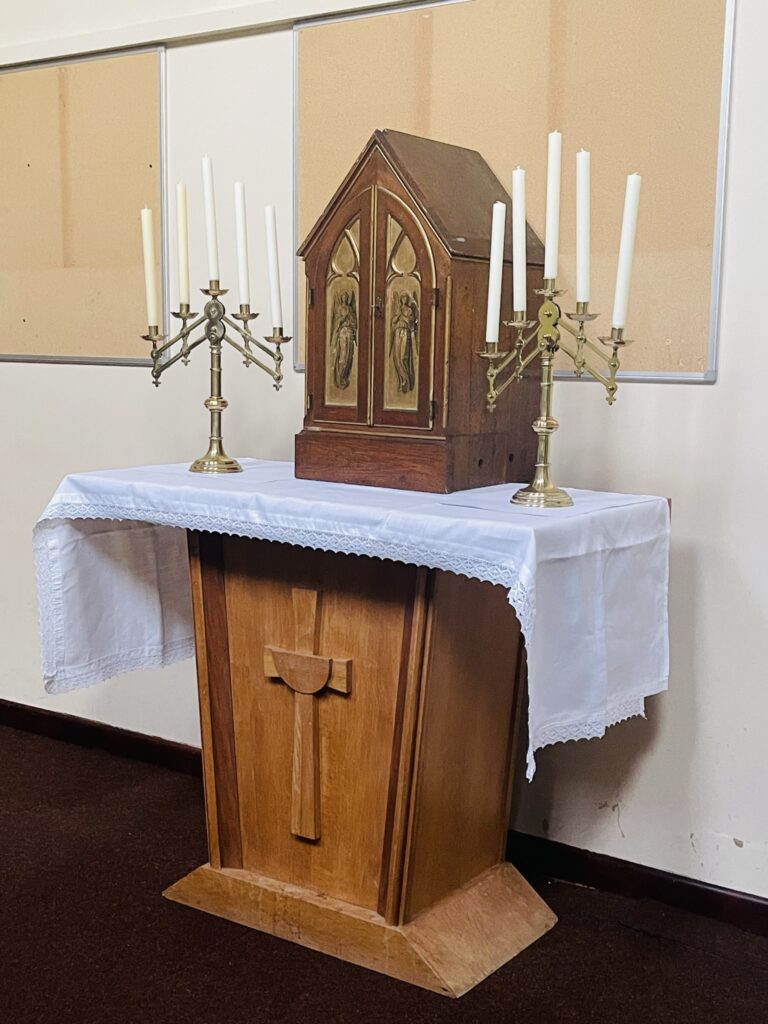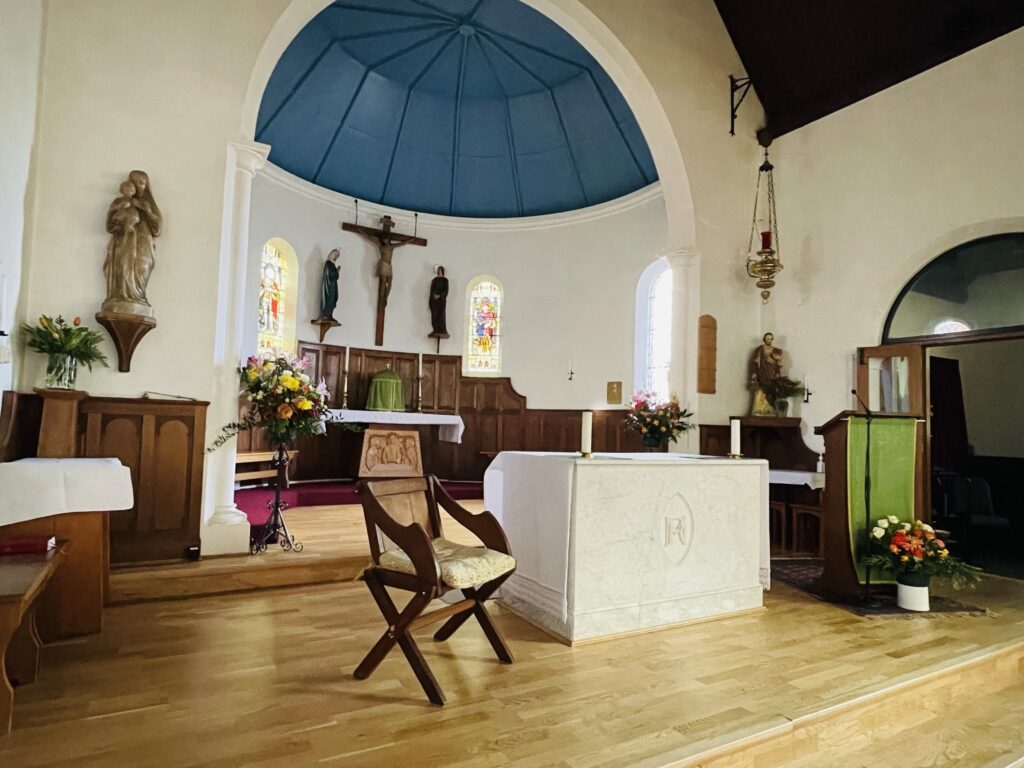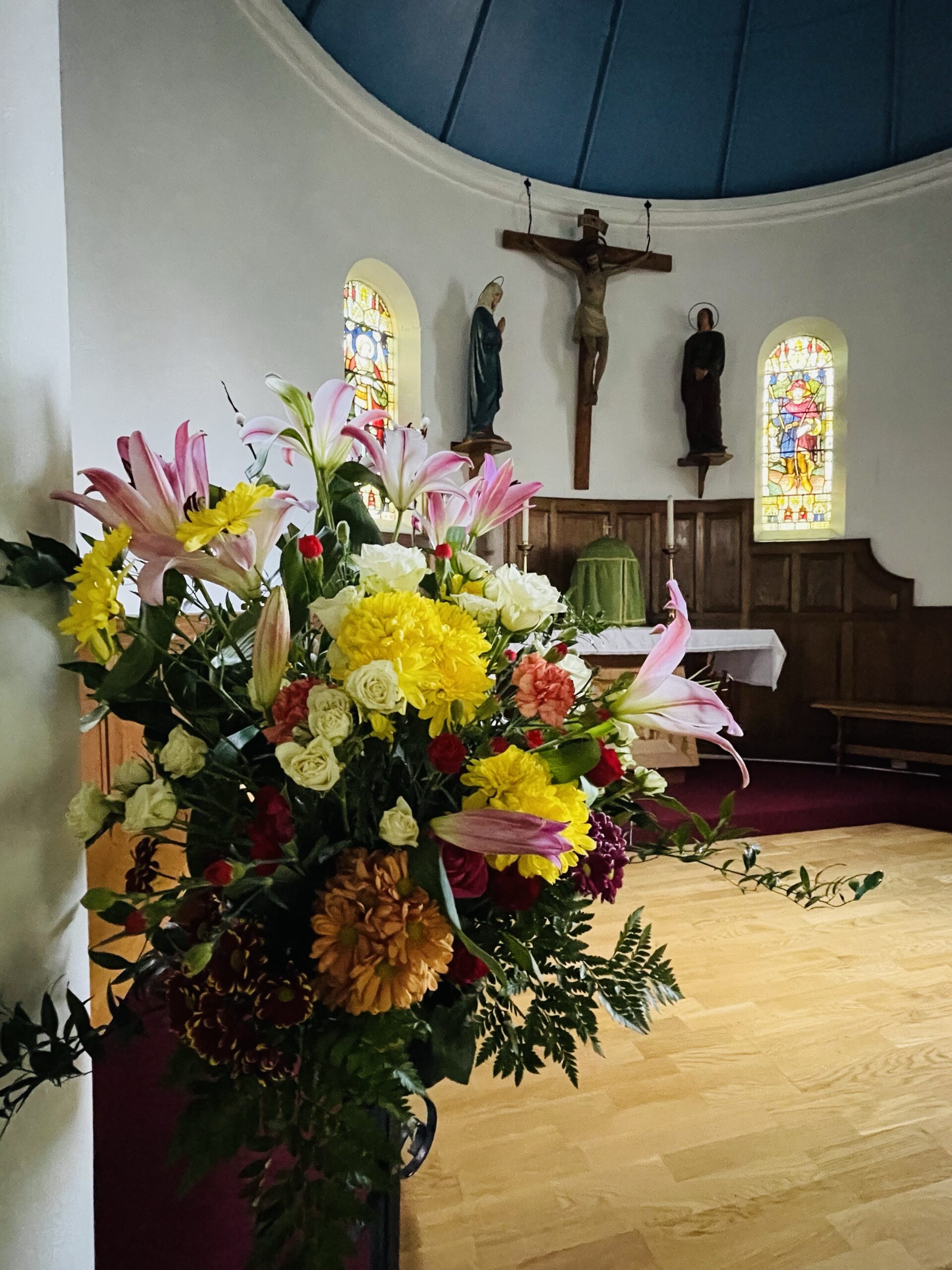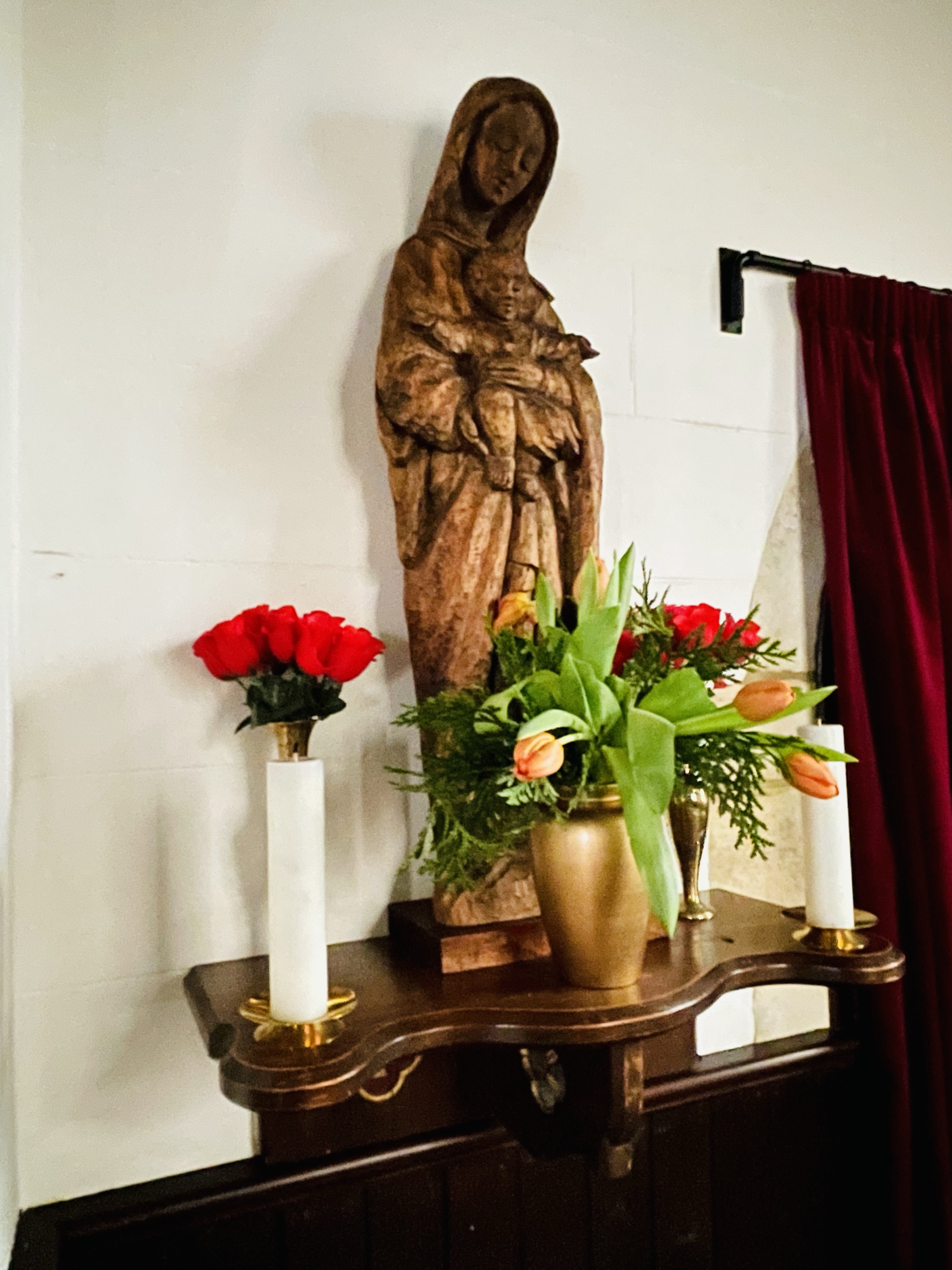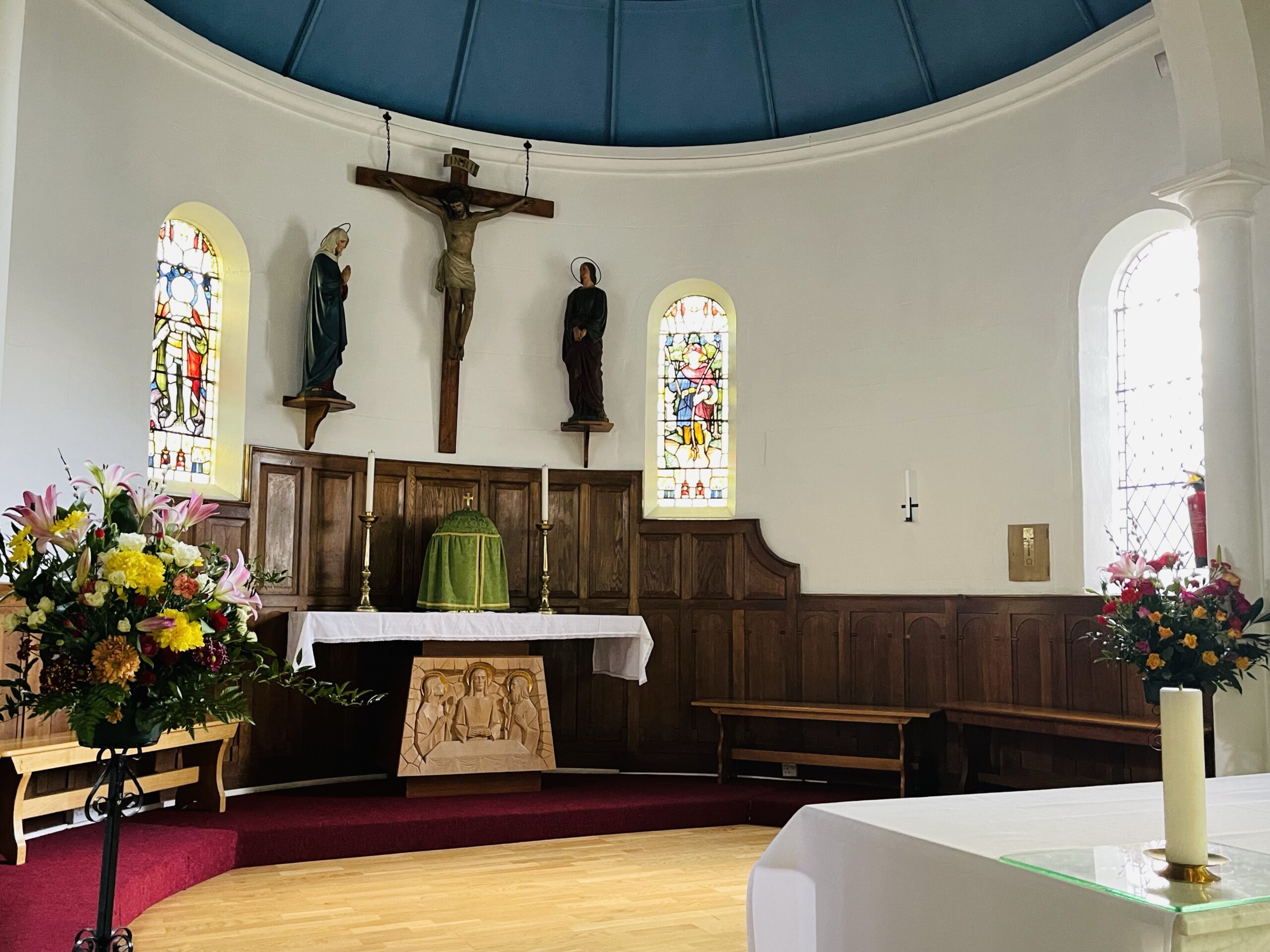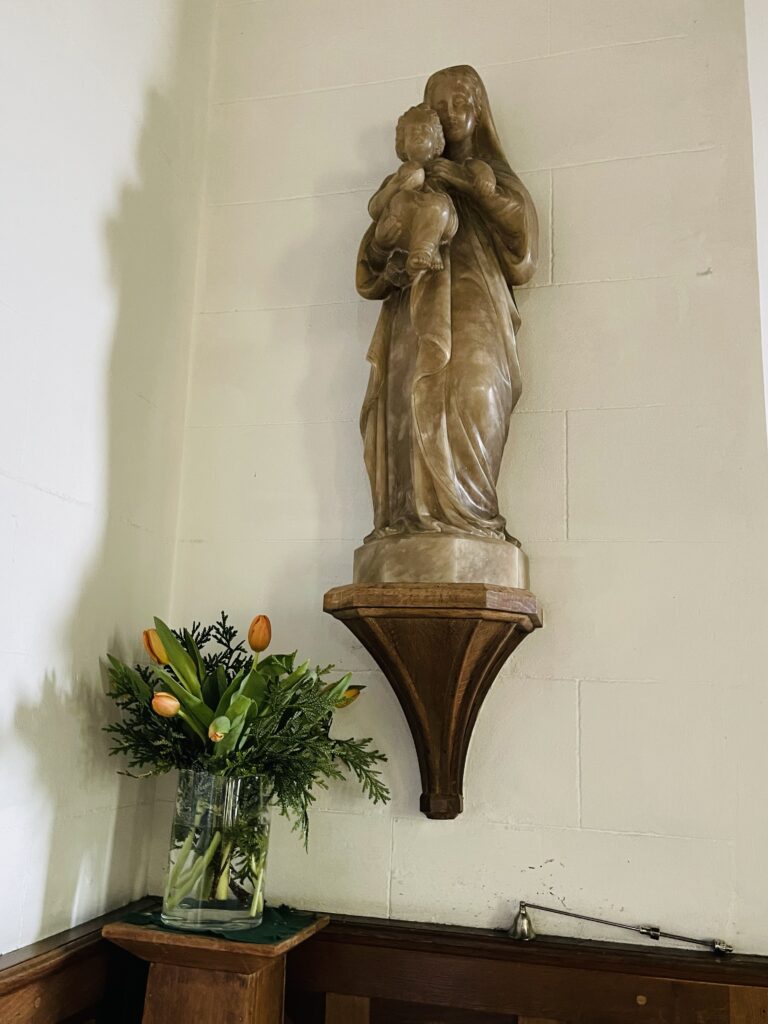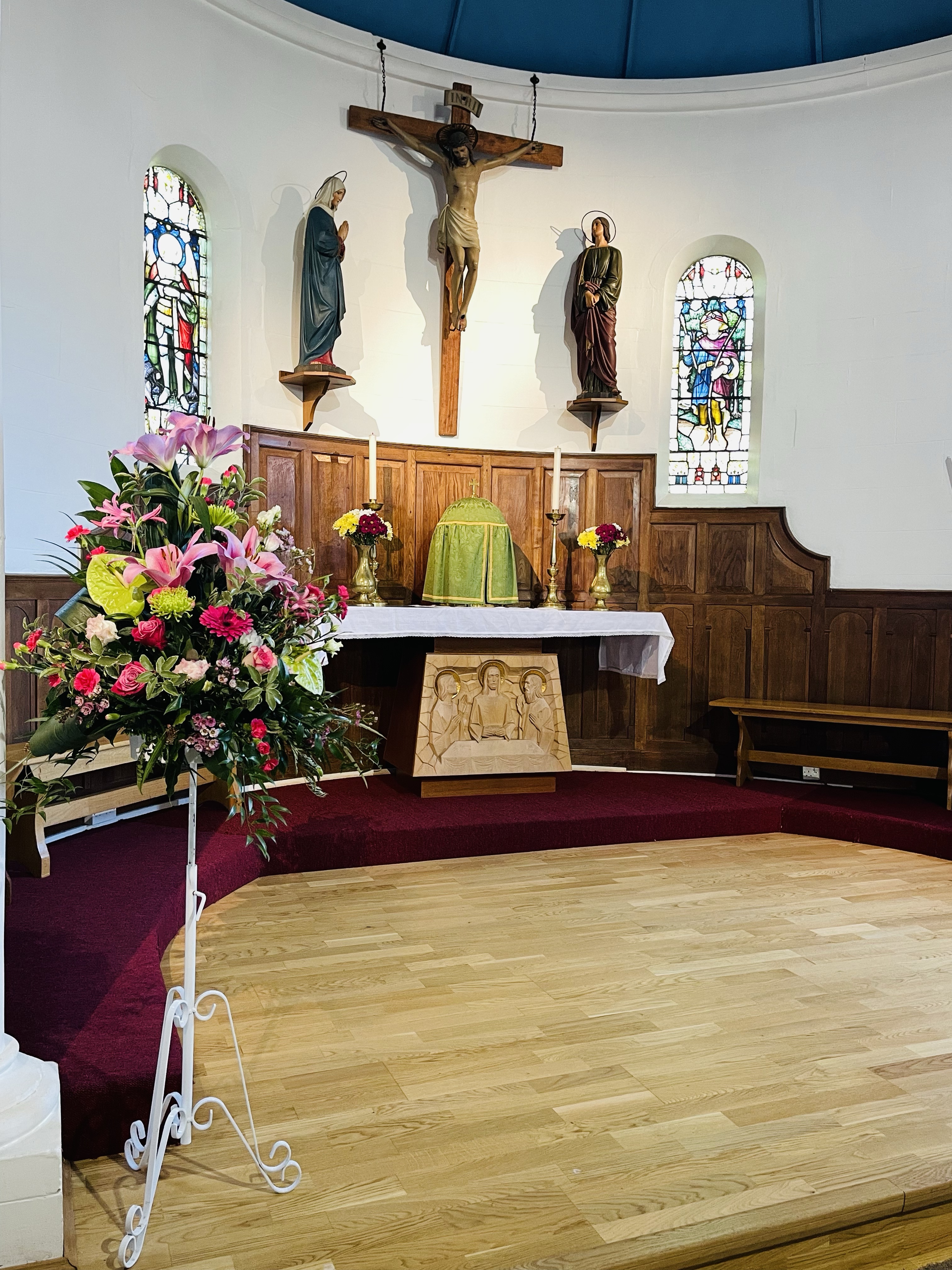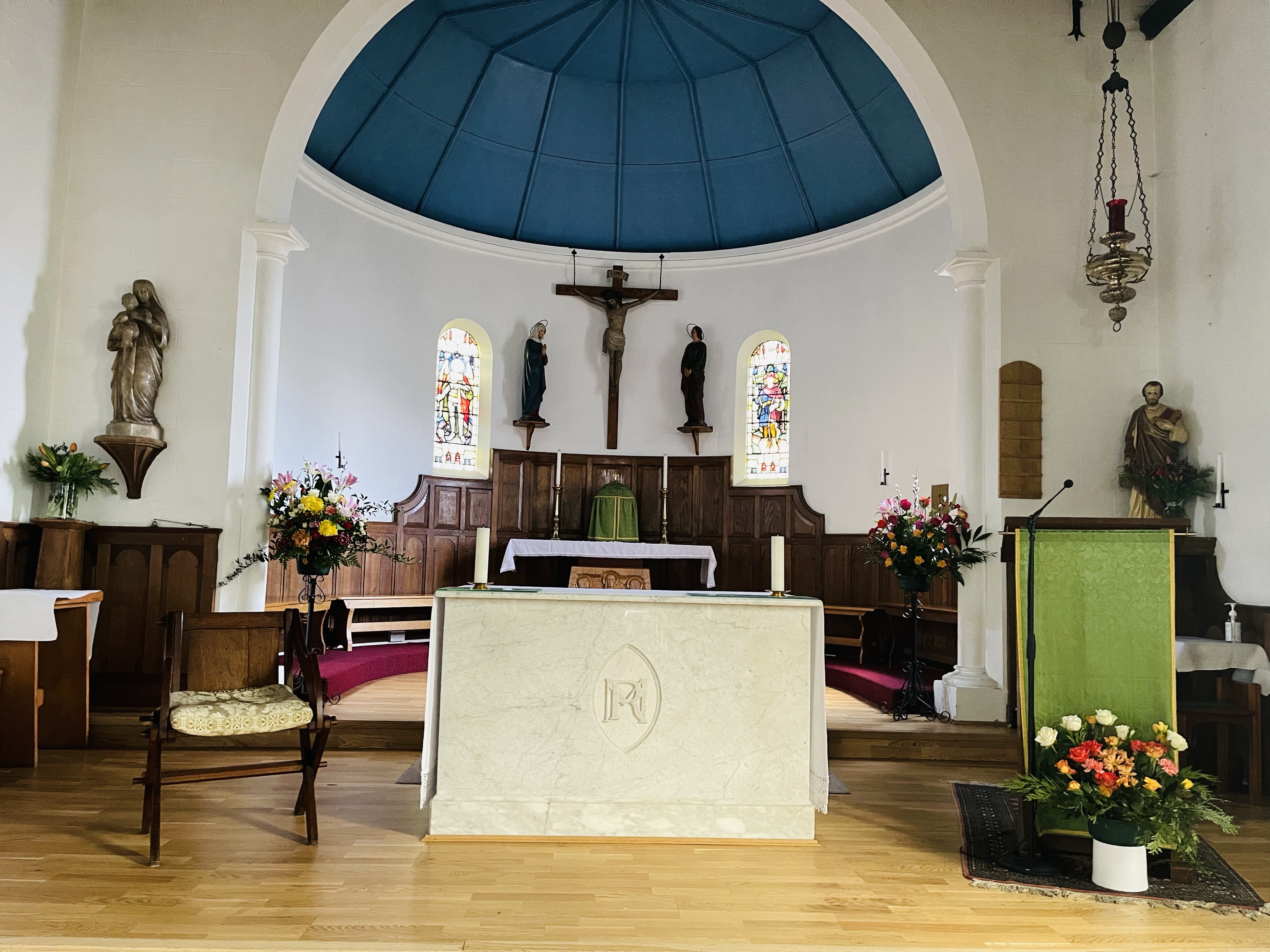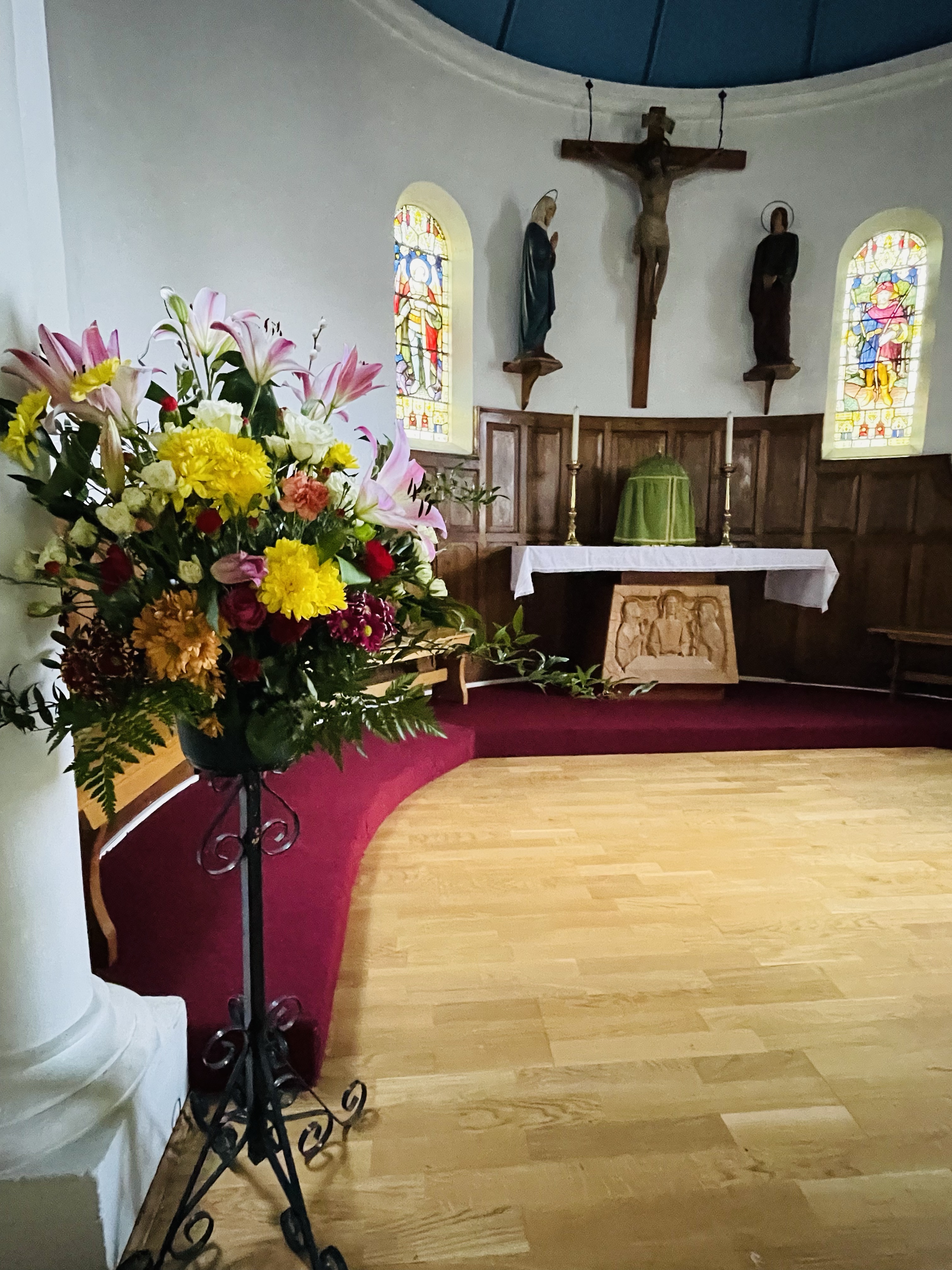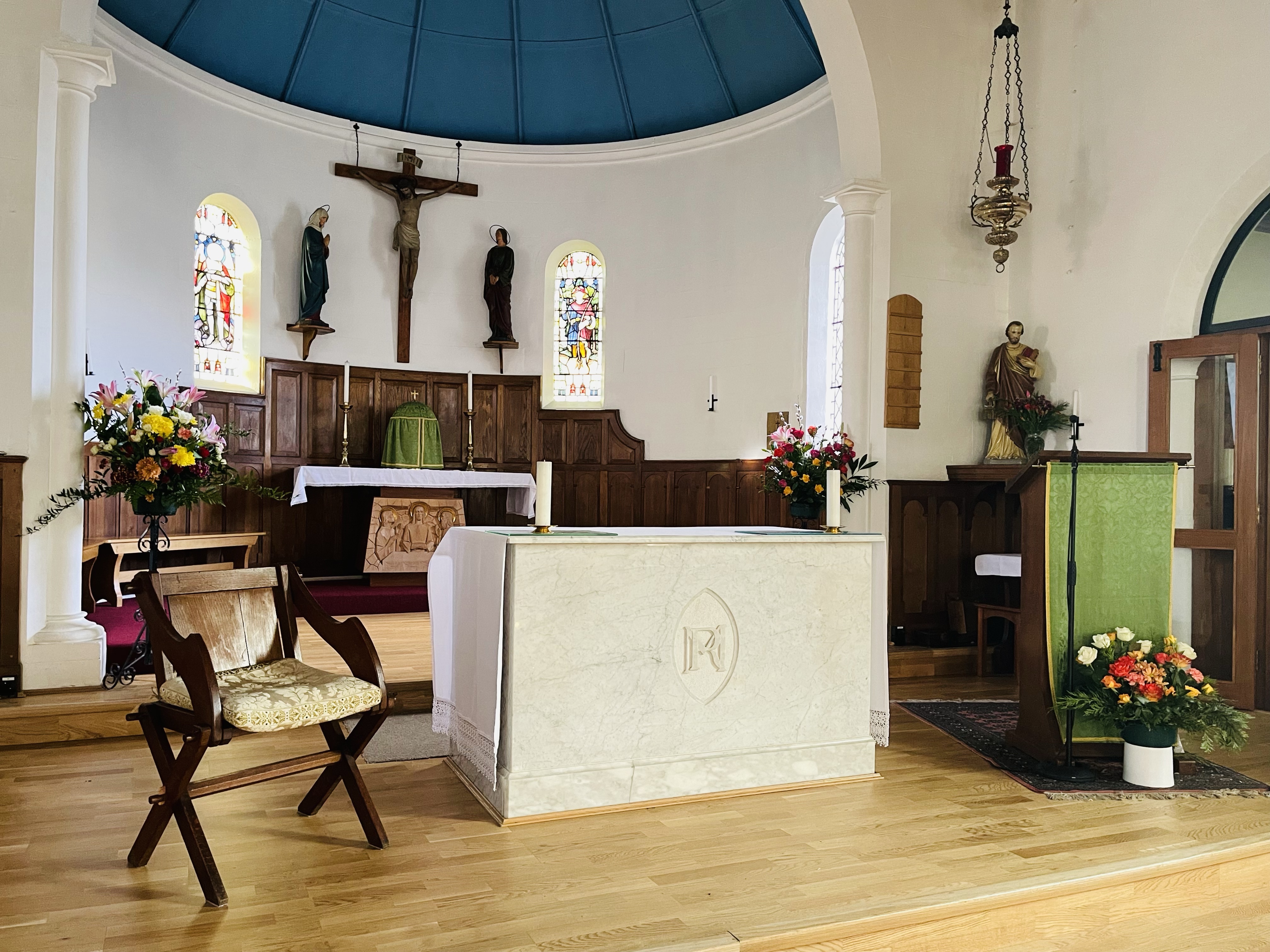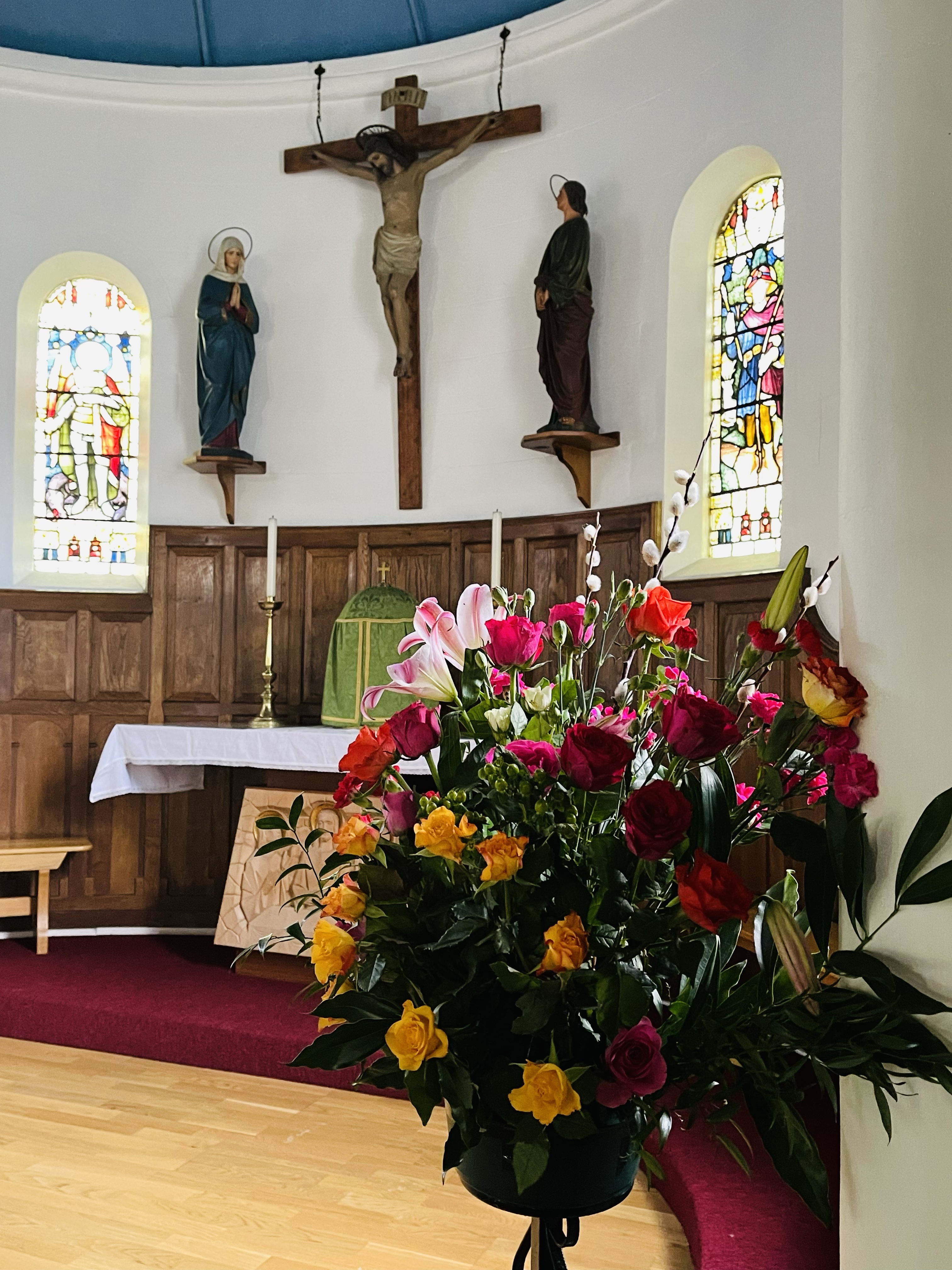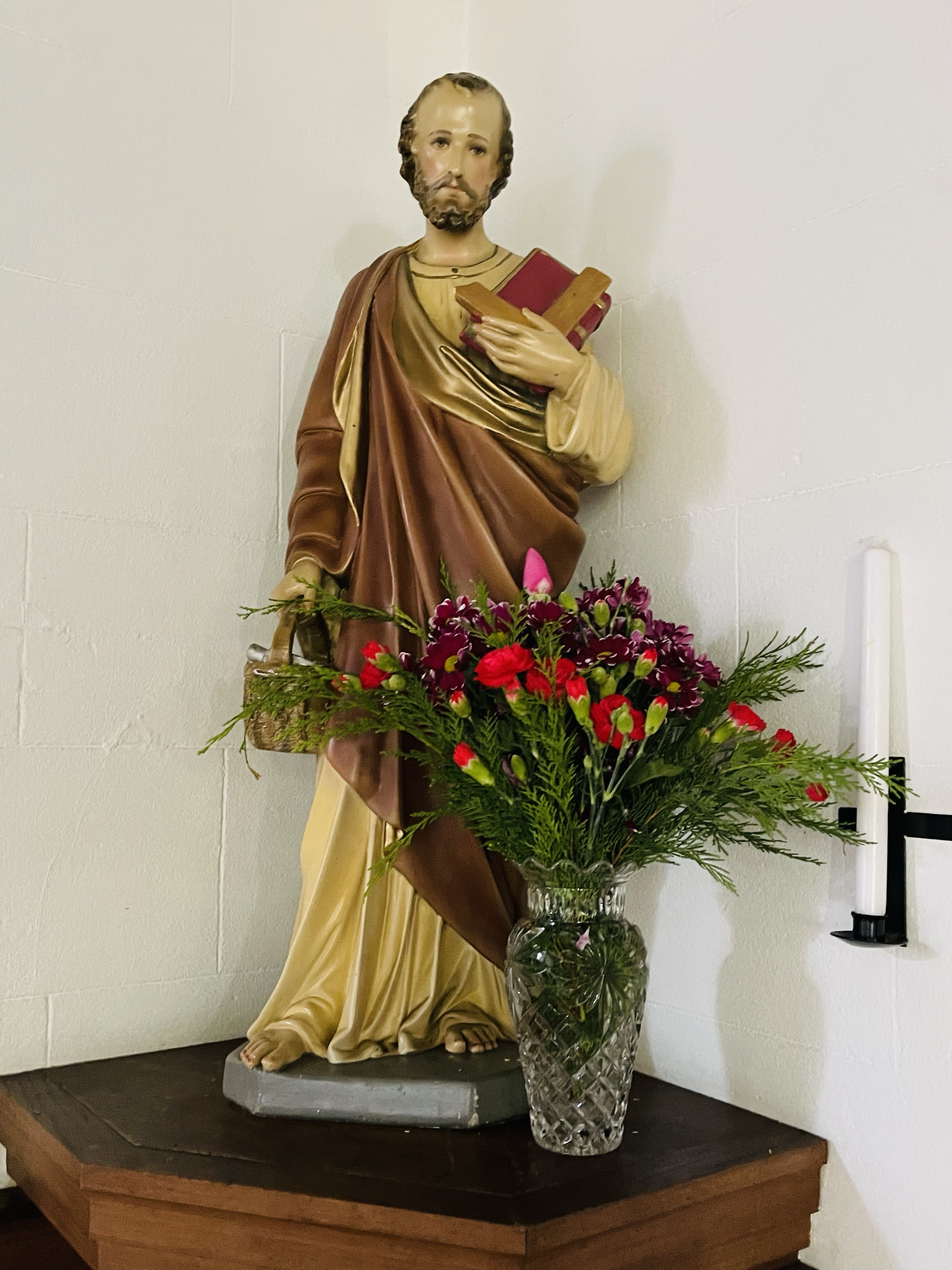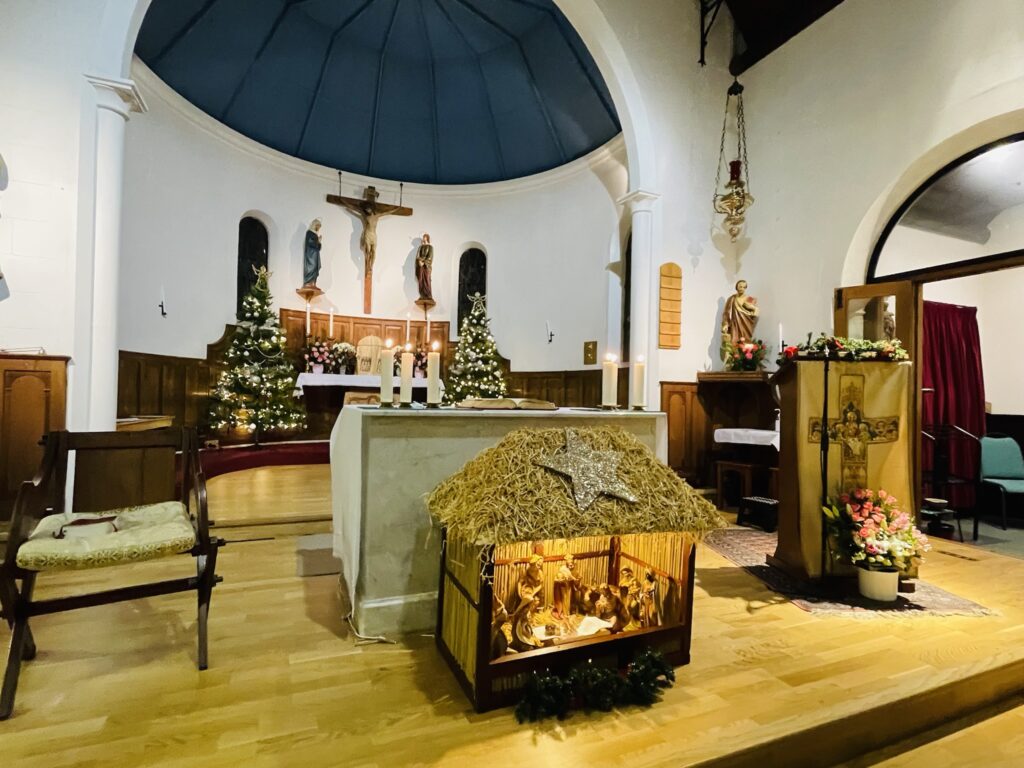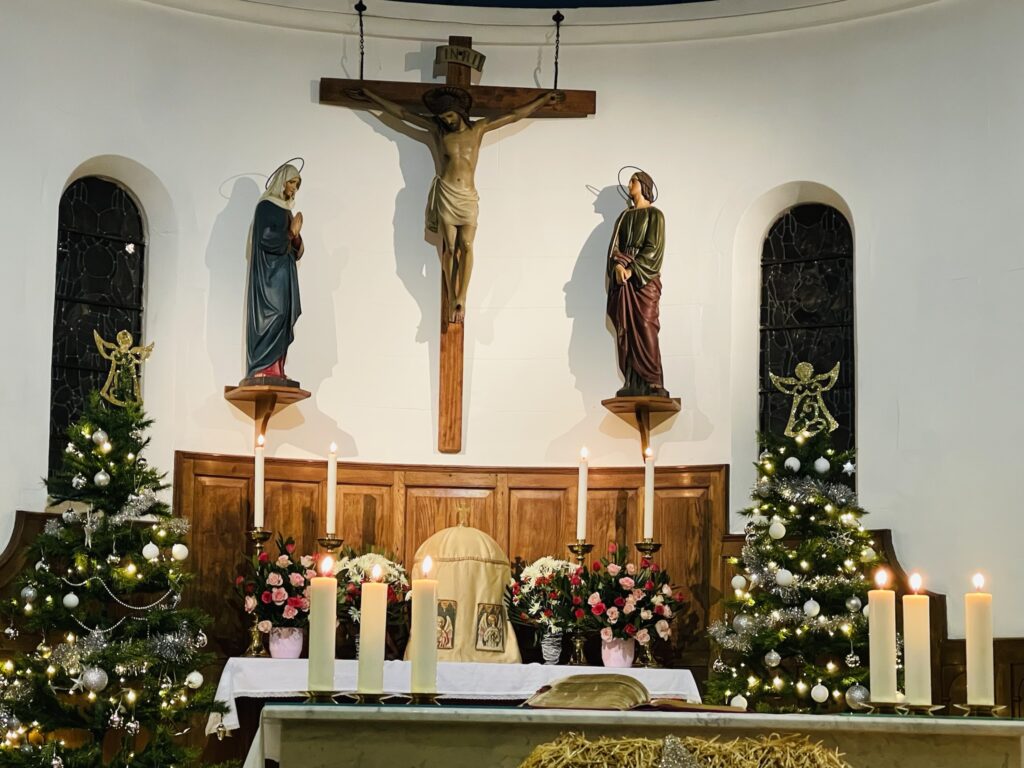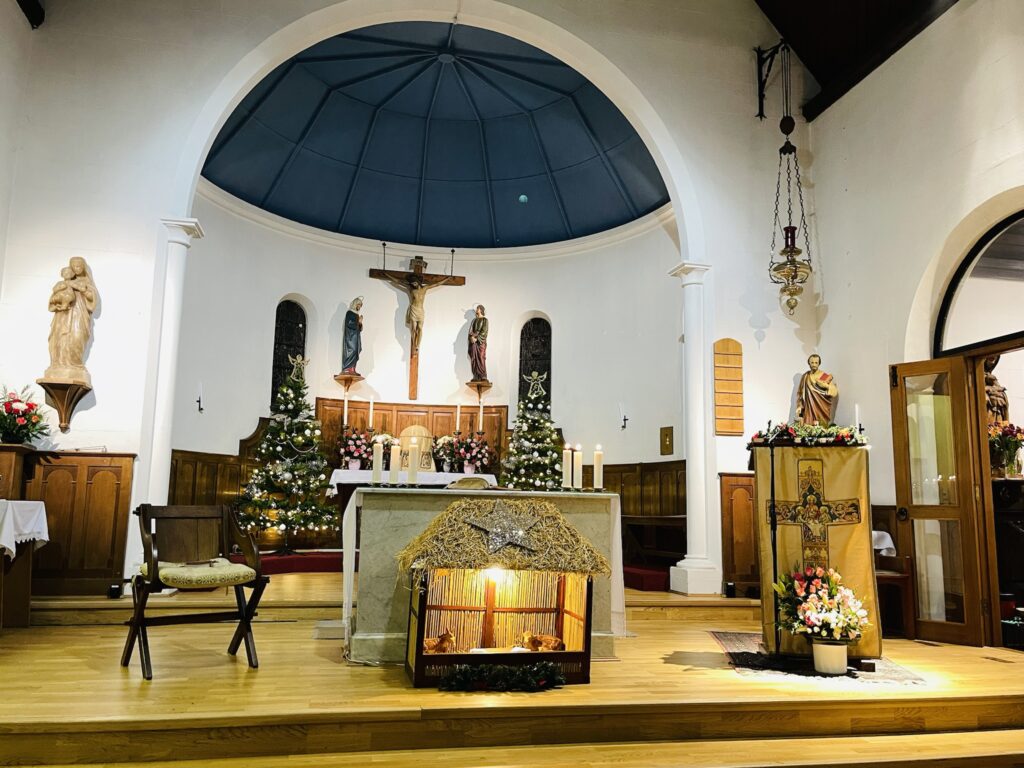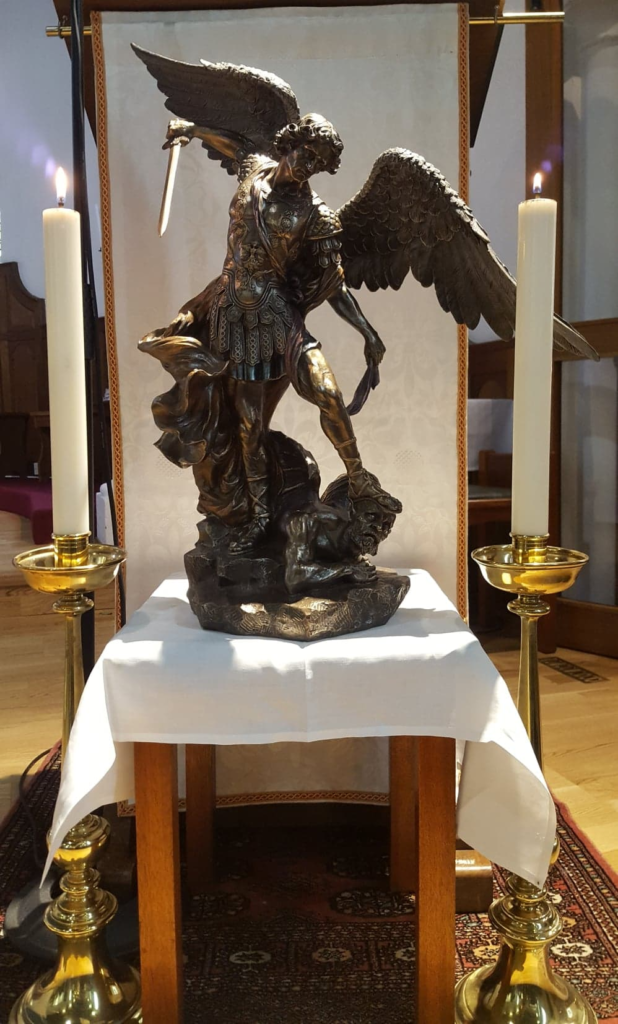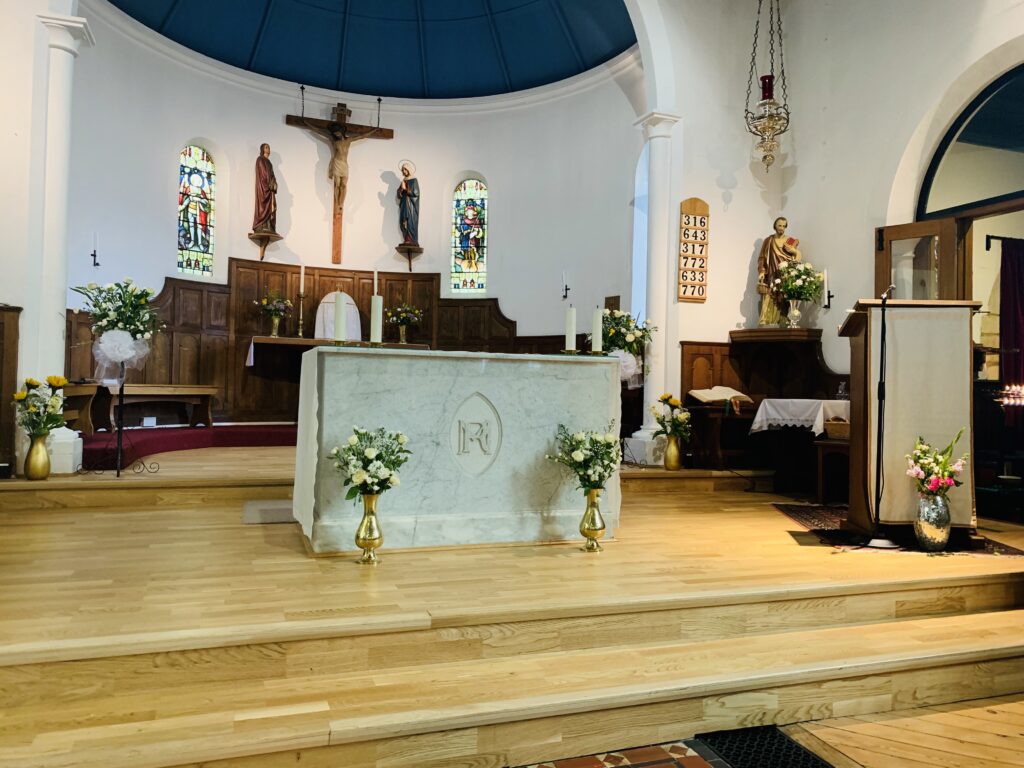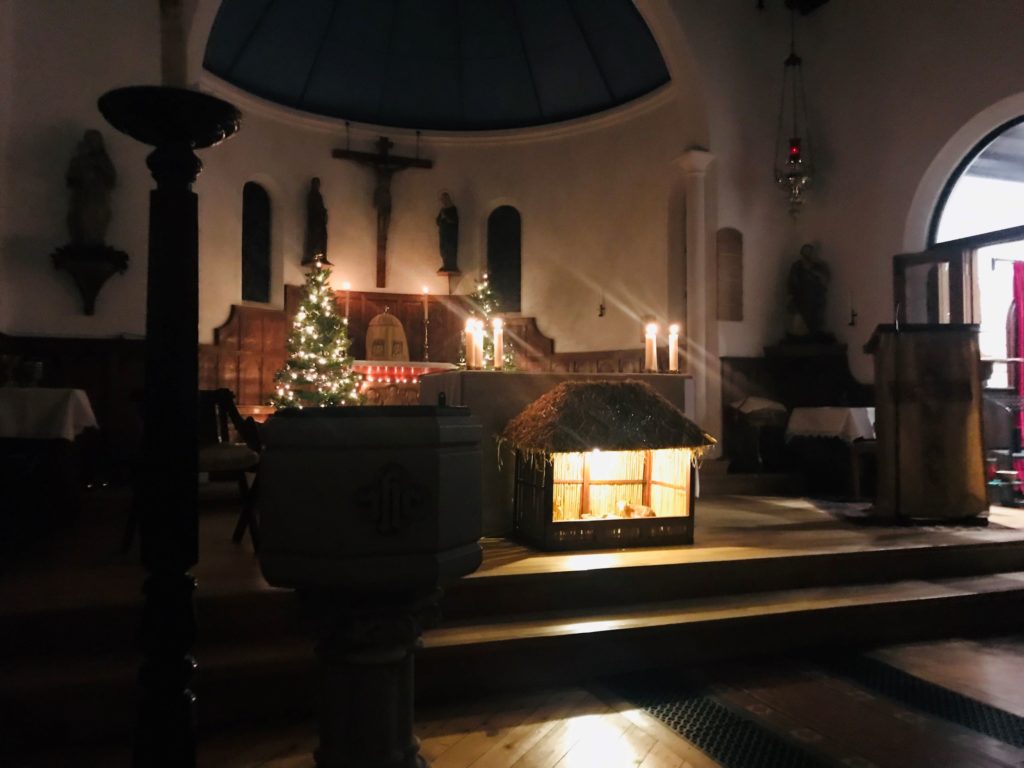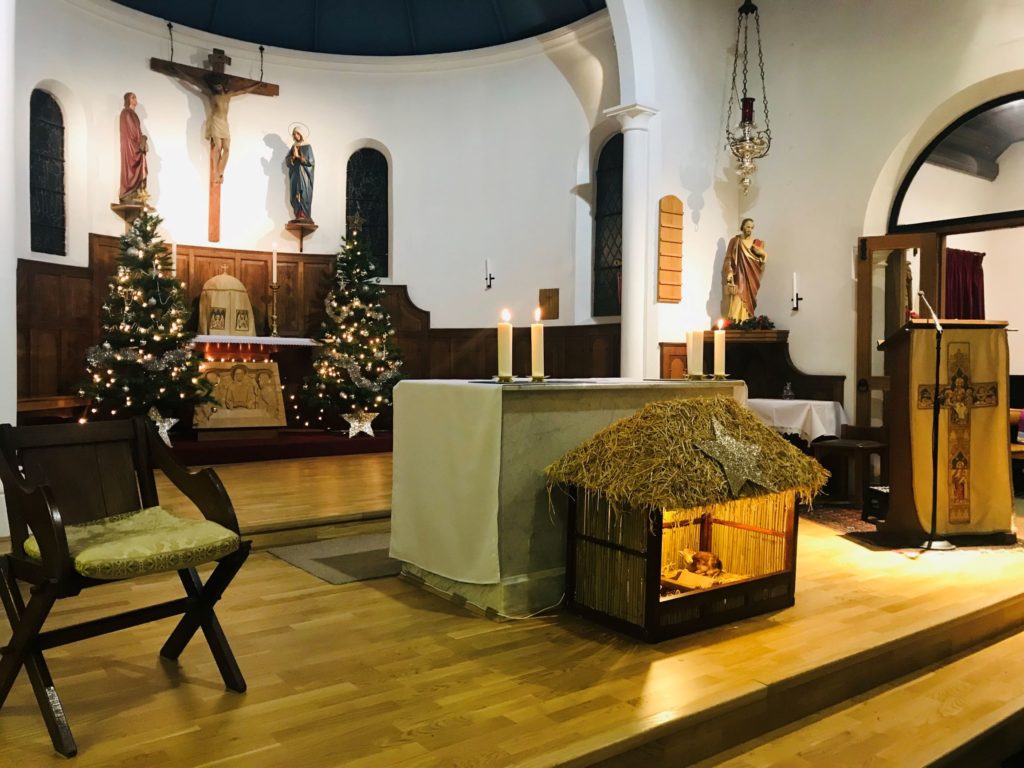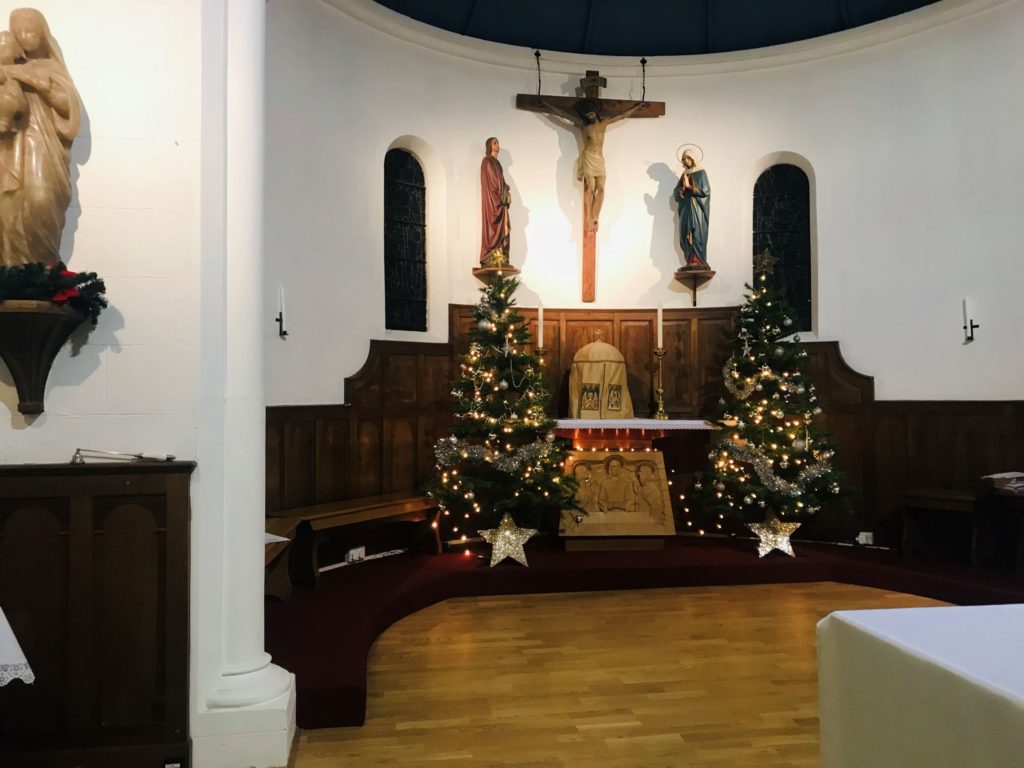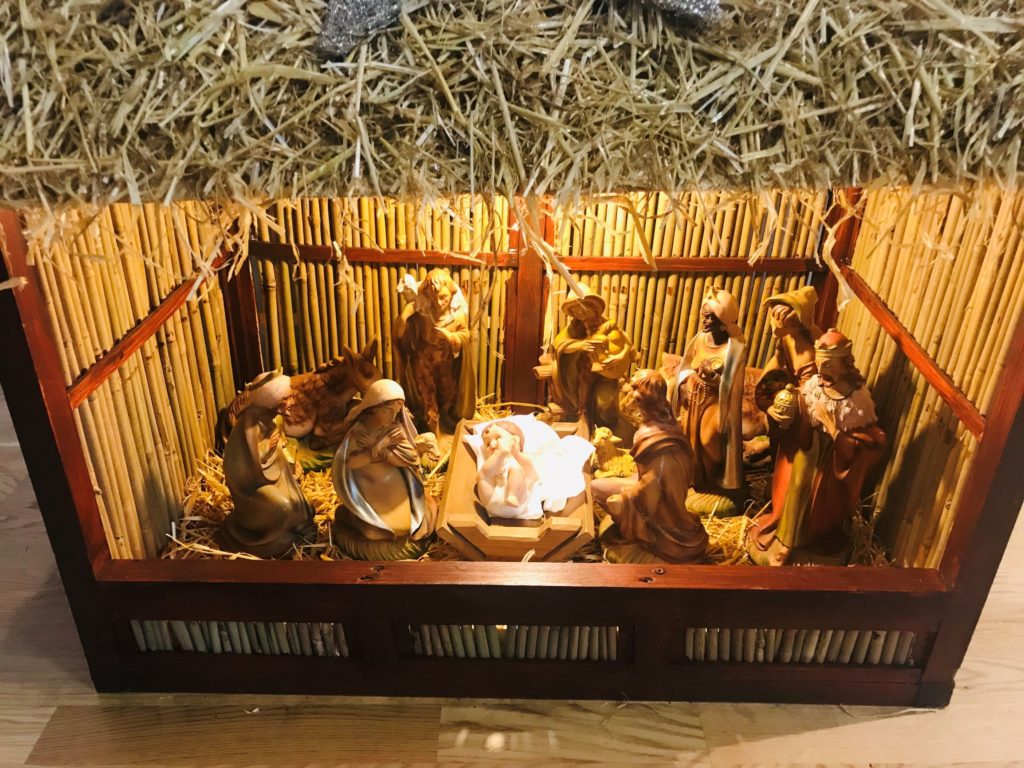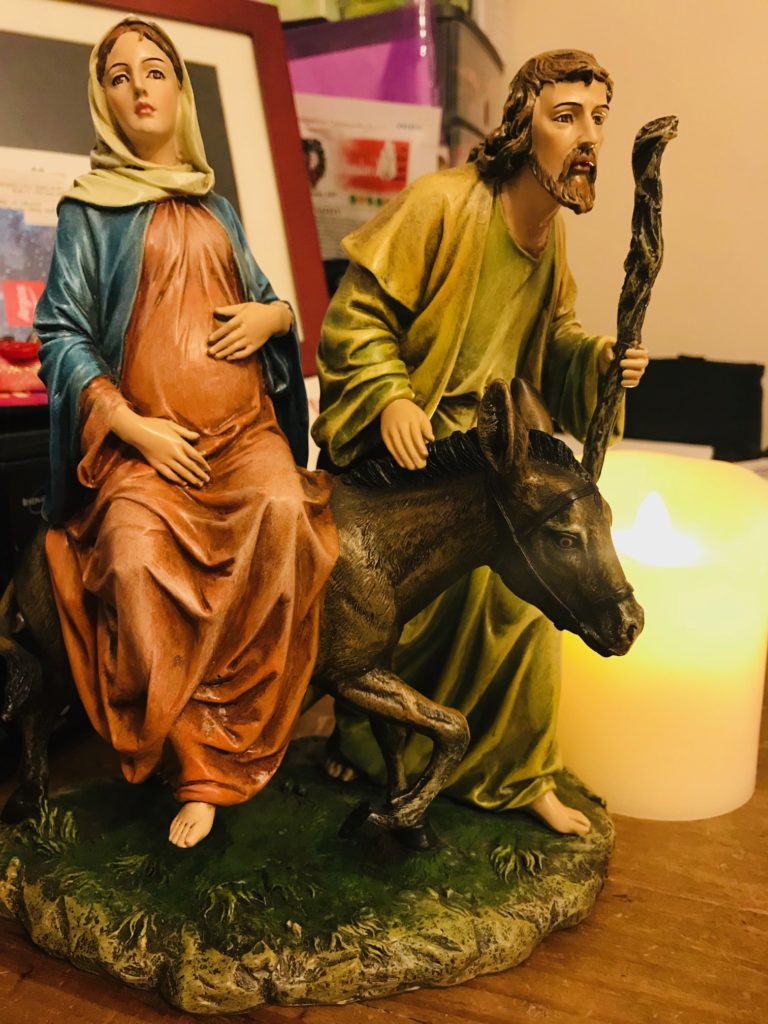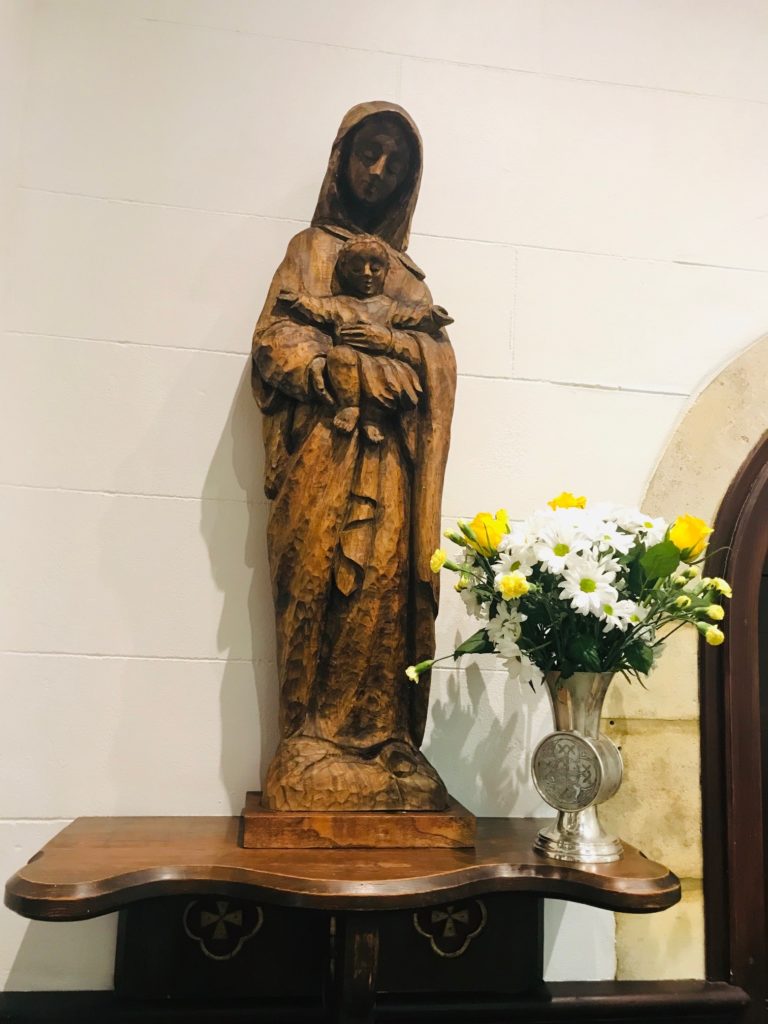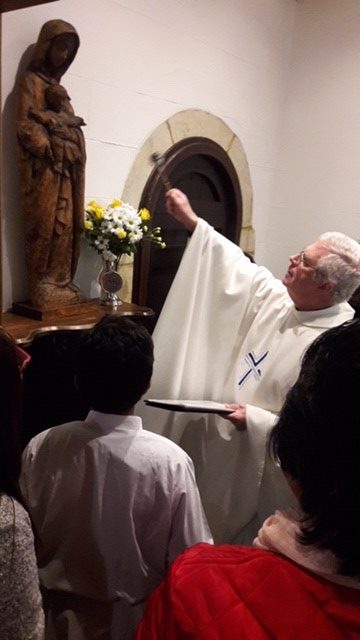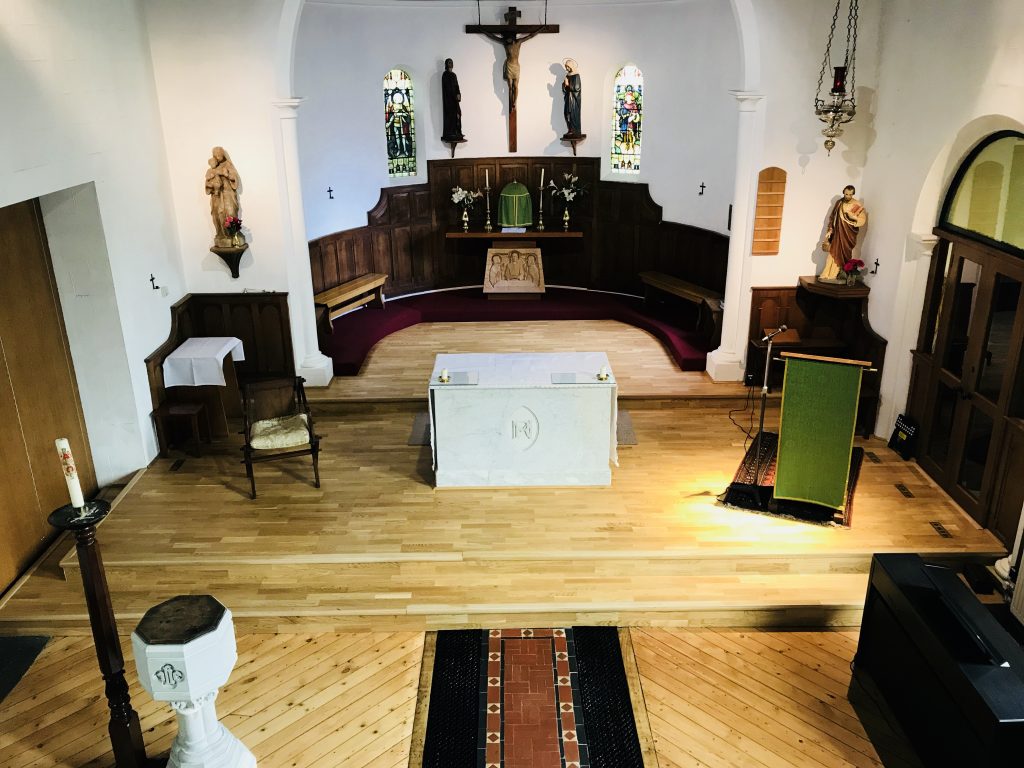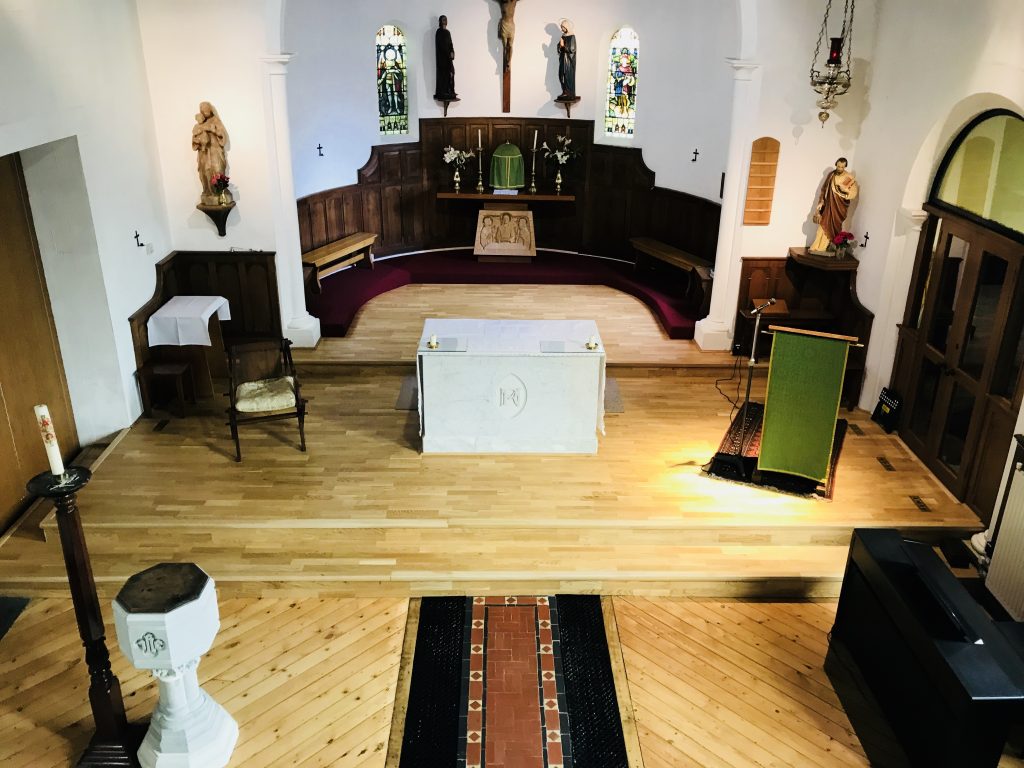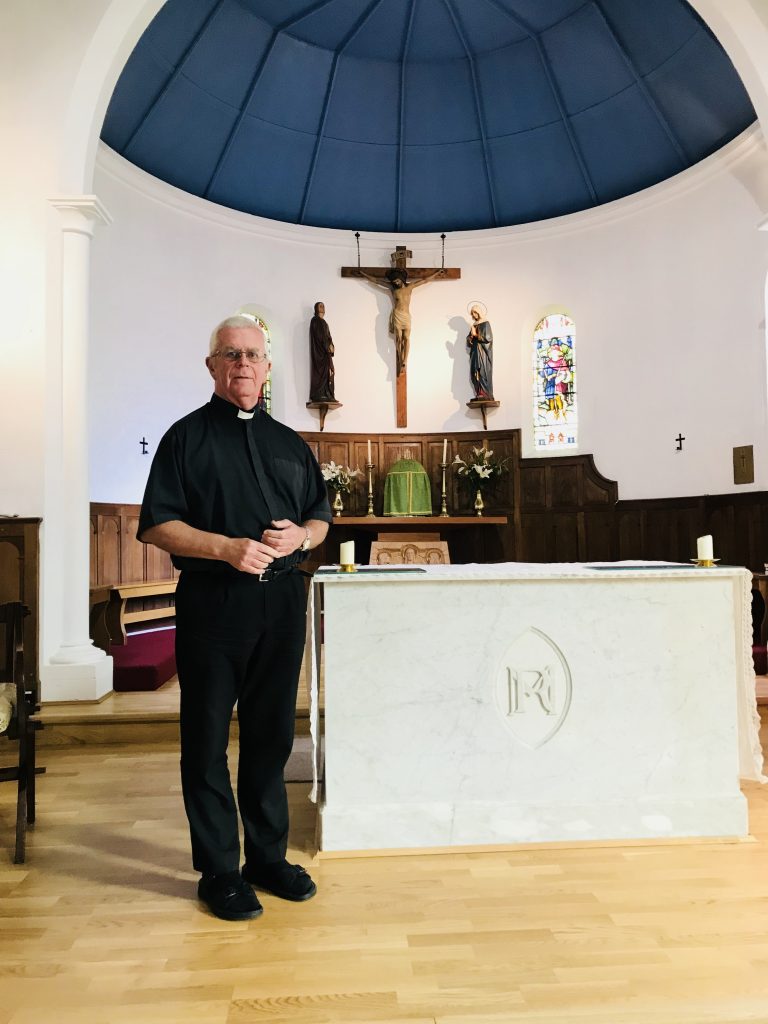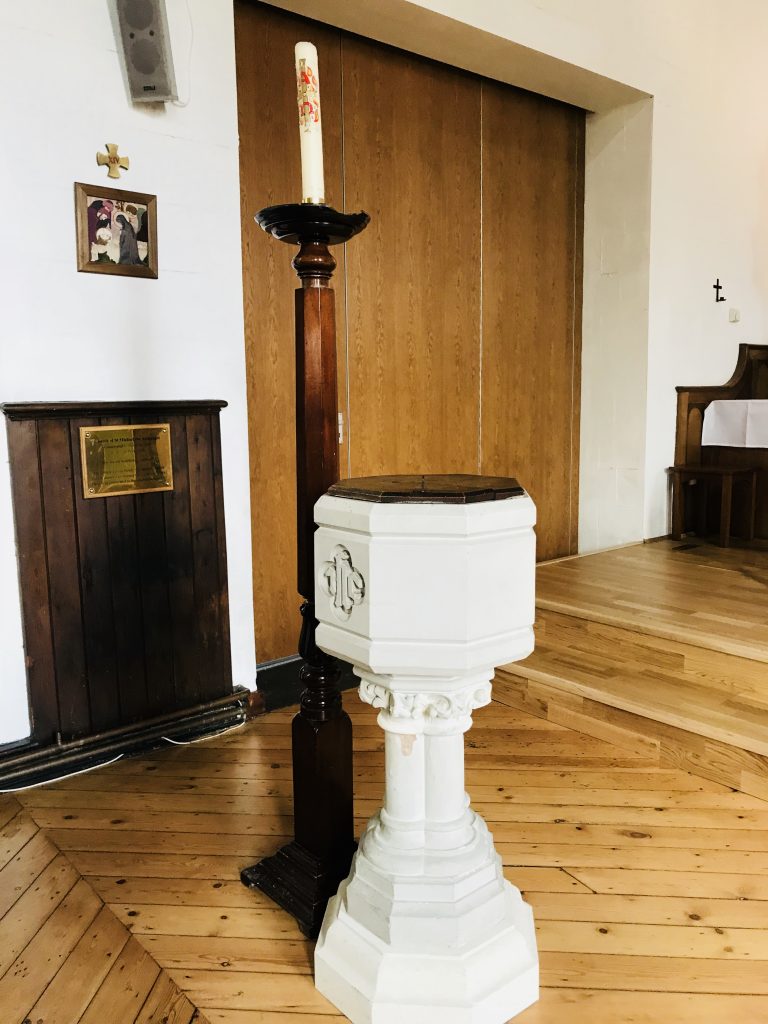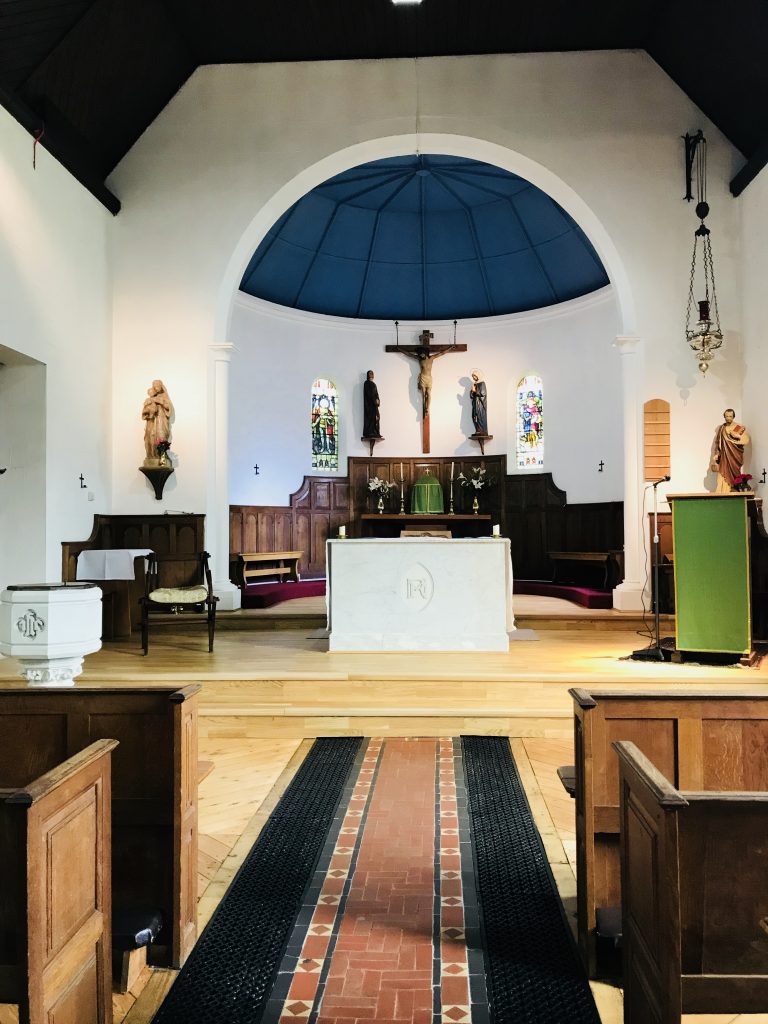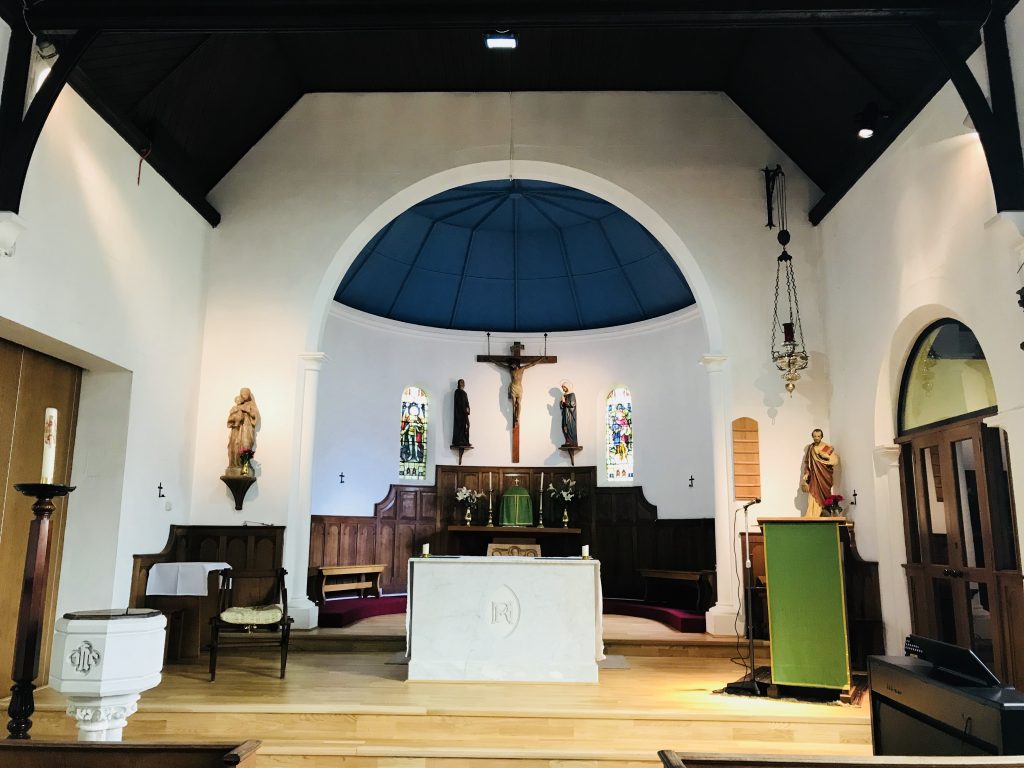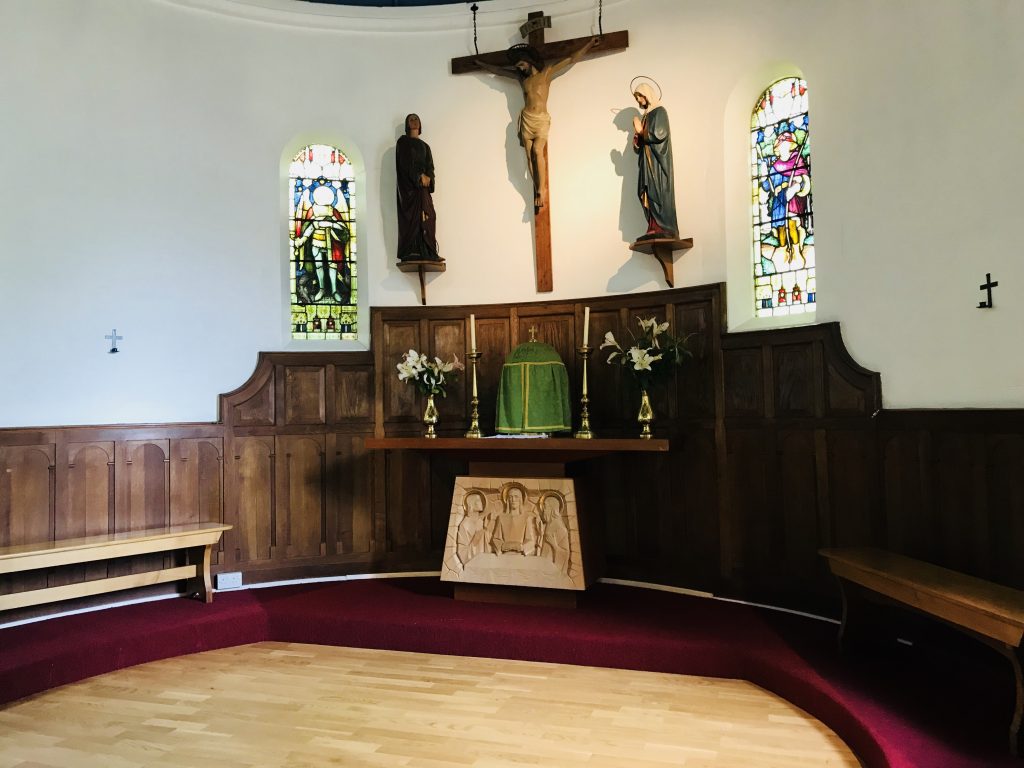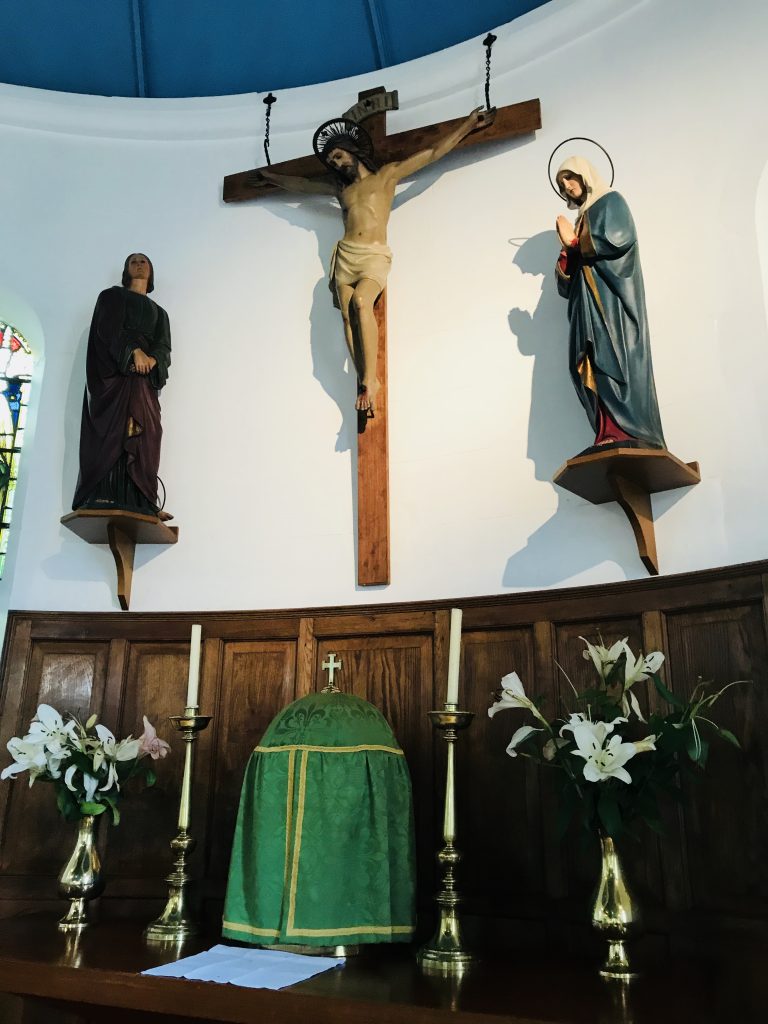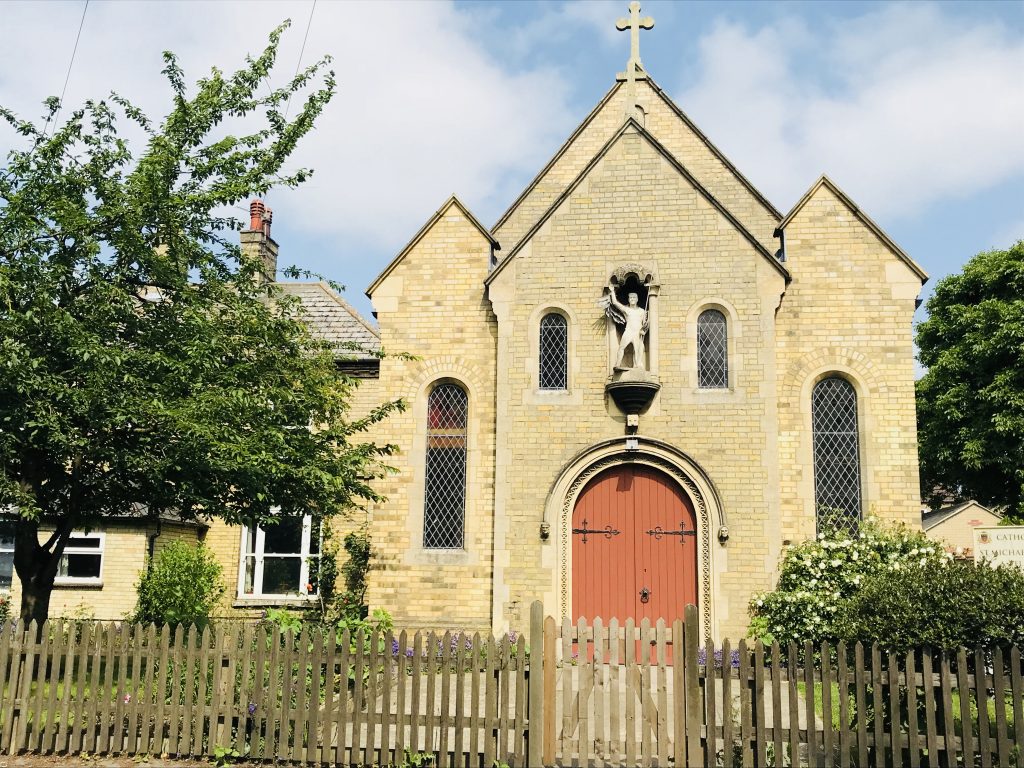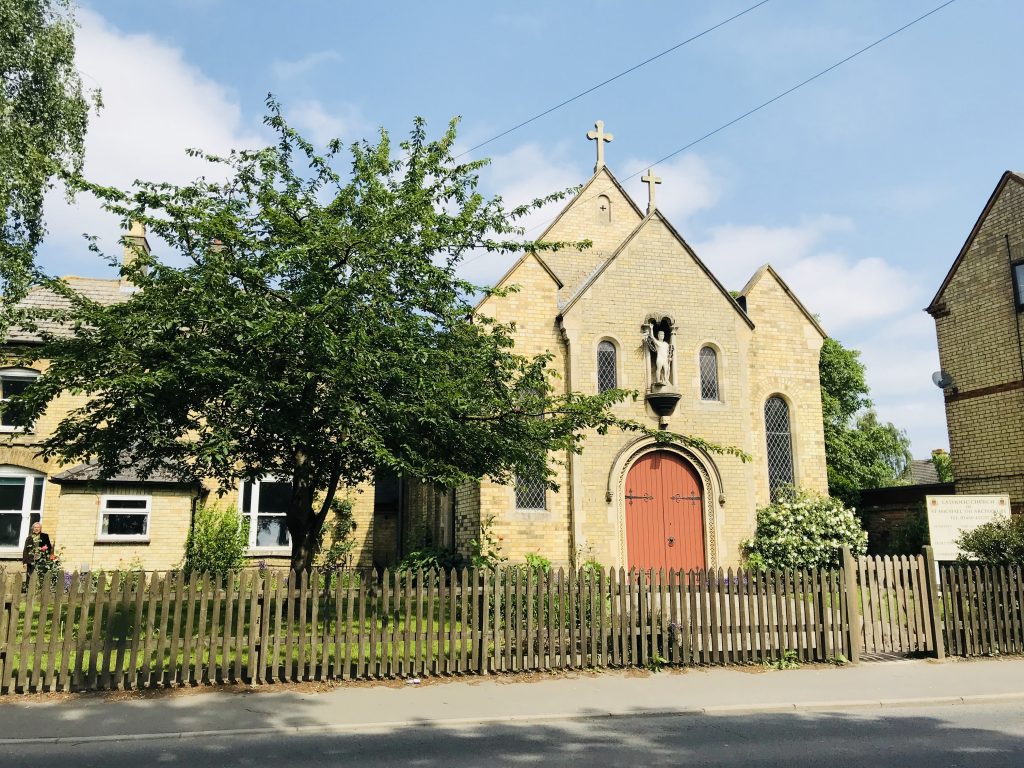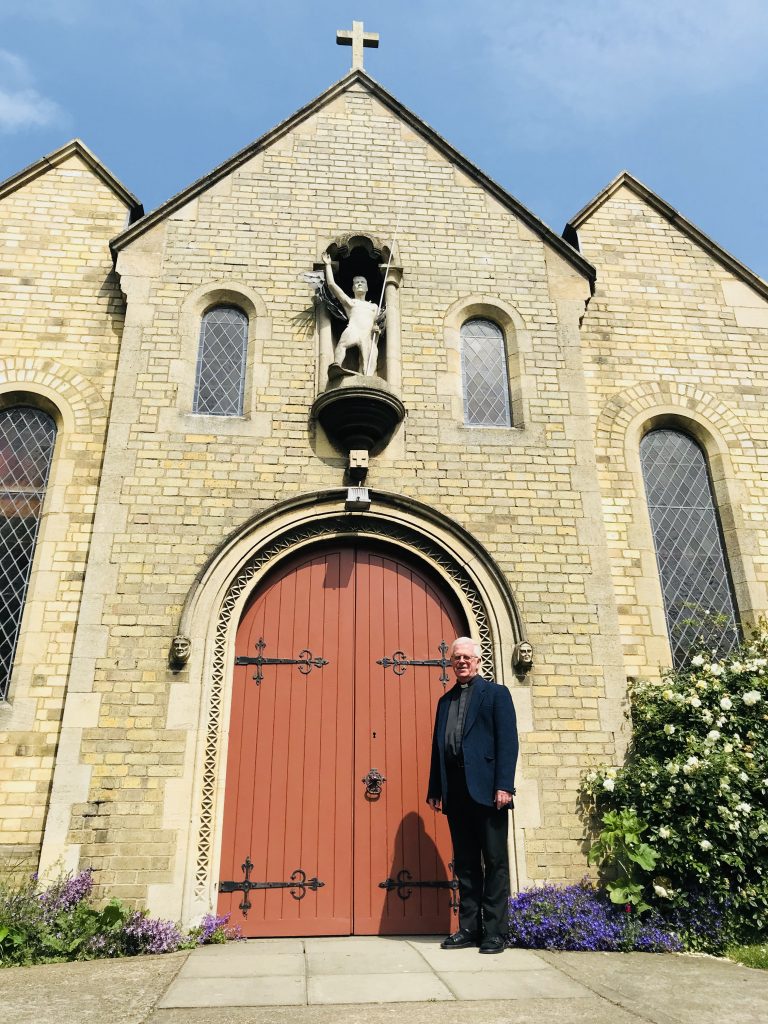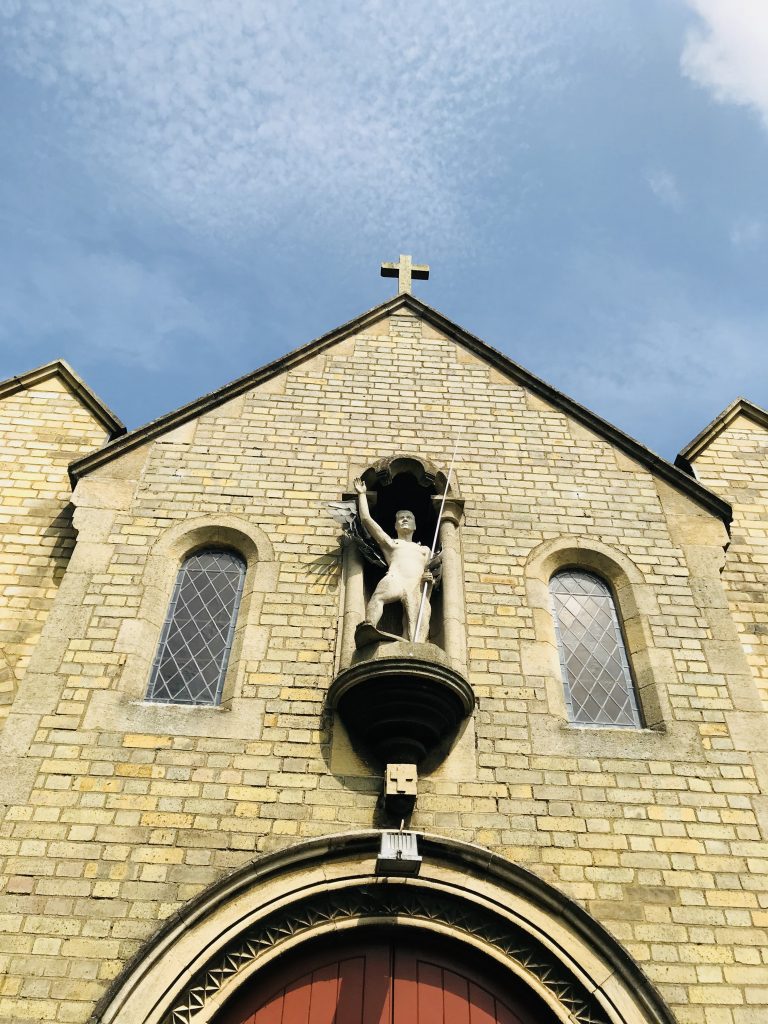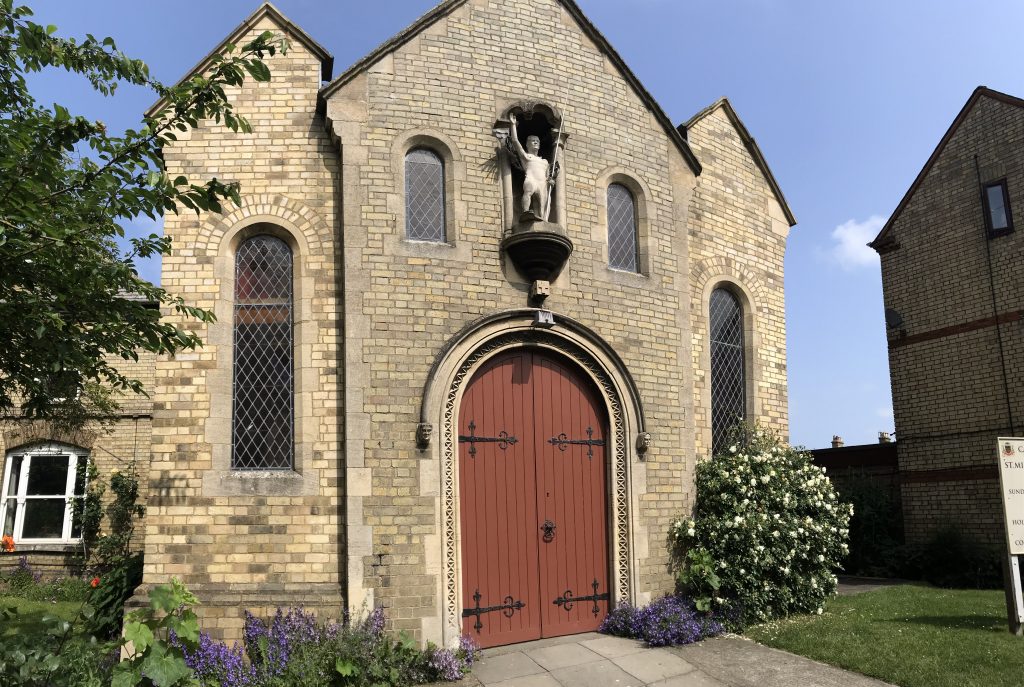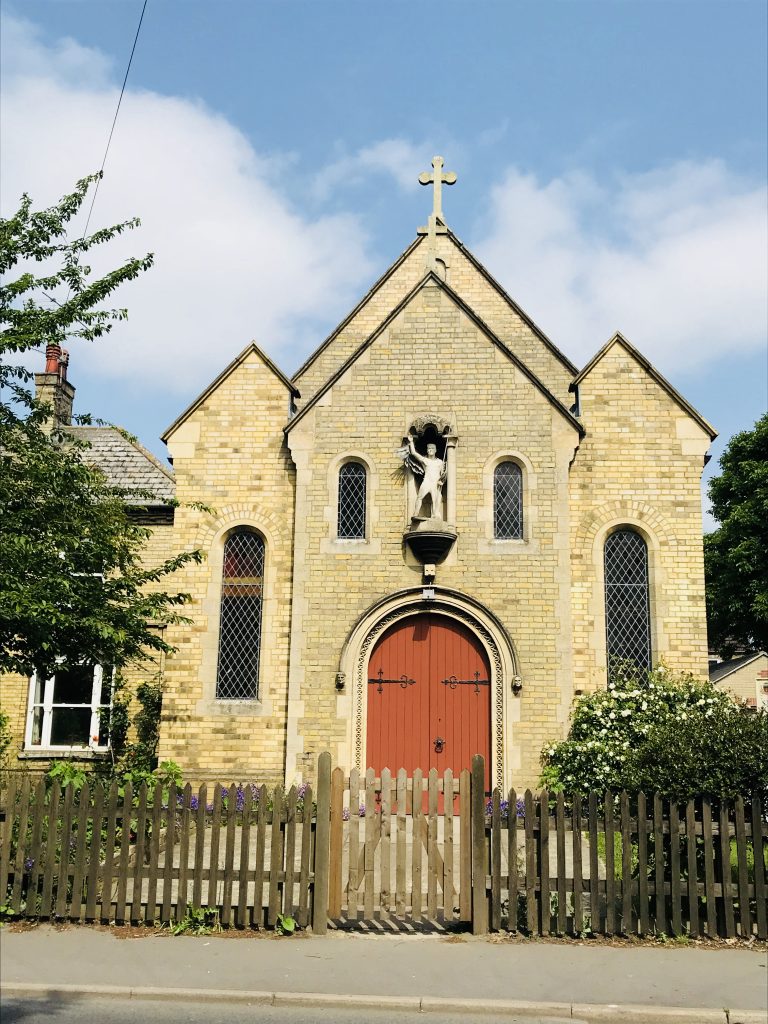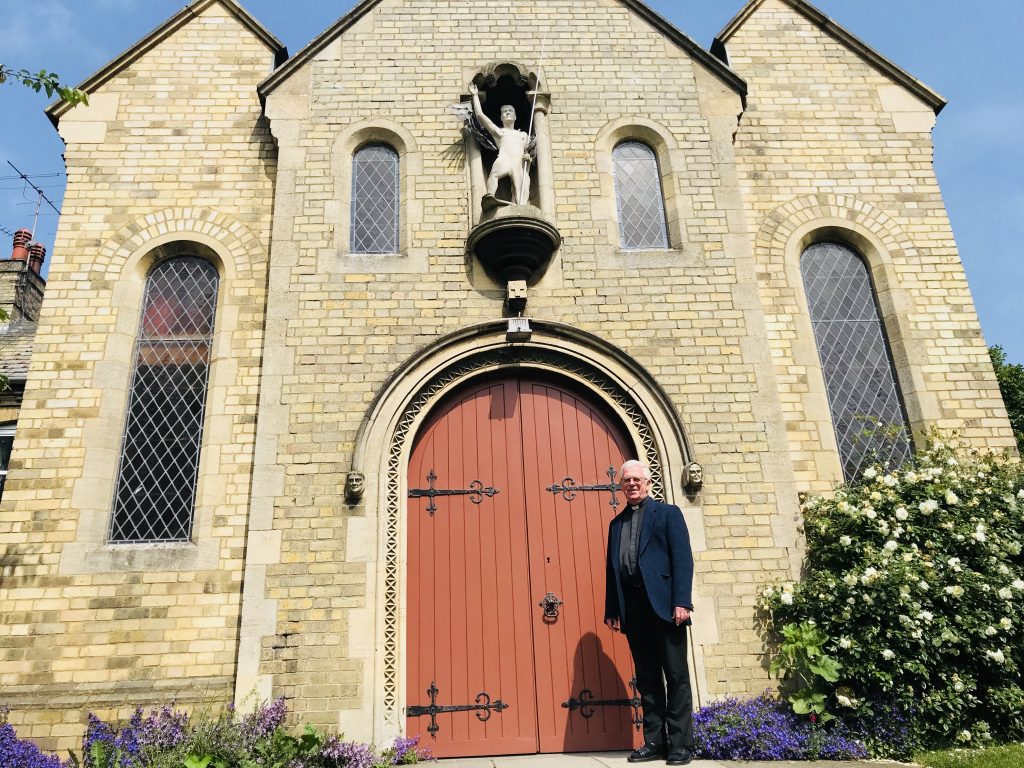Guidance for the Celebration of Mass
1
Introduction
The Government has announced that from 4th July 2020, communal acts of worship will be allowed
in our Catholic Churches. This guidance, issued by the Bishops’ Conference of England and Wales
for the Celebration of Mass, assumes that the general guidance published by the Conference, based
on Government Guidance on the safe opening of Places of Worship for individual prayer, is in place.1
In particular, the maximum safe operating capacity of the church, based on social distancing
guidelines, should be clearly signposted at the door and the number and position within the church of
people attending at any one time should be overseen by volunteer stewards.
Social Distancing – IMPORTANT
The Government maintains that the 2m social distancing requirements should be applied where
possible. The Government has said is possible to go to “1m plus;” this means you can space people
more closely (with a minimum of 1m) providing a mitigation of risk is also applied. In the case of
our churches, this would mean the compulsory wearing of a face covering for members of the
congregation.
2 If those on the sanctuary are sufficiently distant from the congregation, there is no
need to wear face coverings.
Priests should remain mindful of their own personal situation with respect to potential exposure to
virus transmission. It is permissible for those in the 70+ age group, and those who are vulnerable to
infection, to celebrate Mass, but it is strongly advised that they do not distribute Holy Communion
and take particular care to be constantly socially distant from the congregation. They should return
to the sacristy directly after Mass is ended.
Celebration of Mass within Church Buildings
Before the Mass
Only those necessary should be in the sacristy before Mass. The celebrant, sacristan, or server should
prepare everything for the celebration of Mass with care. Single-use gloves should be worn at this
stage. Particular care should be taken over the preparation of the elements for Holy Communion.
The altar breads for distribution to the people should be placed into a clean covered ciborium (a pall
can be placed over a dish paten). Sufficient altar breads for each celebration should be placed within
at this stage. A separate ciborium/paten should be prepared for each person who will distribute Holy
Communion. The cover of the ciborium or dish paten should not be removed until the time for
distribution of Holy Communion.
The priest should prepare his own chalice and paten with a large altar bread for consecration. The
chalice should have a purificator and a pall. The purificator should be used only once and then
laundered. He should prepare the cruets of wine and water and his own bowl for the lavabo. Again,
the towel should be used only once and then laundered.
1 https://www.gov.uk/government/publications/covid-19-guidance-for-the-safe-use-of-places-of-worship-during-thepandemic/covid-19-guidance-for-the-safe-use-of-places-of-worship-during-the-pandemic 2 https://www.gov.uk/government/news/pm-announces-easing-of-lockdown-restrictions-23-june-2020
Guidance for the Celebration of Mass
2
All hymnbooks and missals and other published material normally used by the congregation and not
meant for single use should be removed from the church. The Holy Water stoups should be dry.
Until further instruction is given on singing, there should be no congregational singing at Mass.
During the Mass
Any worship aids (missalettes etc.) should be for single use and taken with the user when the Mass
ends. They should not be left in the church at the end of Mass.
The priest, and if present, deacon and server, should remain socially distant at all times on the
sanctuary during the celebration of Mass. This is particularly important at the Gospel (for the
deacon’s blessing), the Preparation of the Gifts, and during the Liturgy of the Eucharist.
Readers should be supplied with single-use gloves and should avoid touching the microphones or the
Lectionary during the Liturgy of the Word, apart from page turning. The homily should be brief, to
minimise the time that people are congregated in the church building. The Prayer of the Faithful
should be omitted.
There should be no offertory procession of the gifts of bread and wine to the altar; the priest should
have these on the credence table or the altar before Mass begins. There should be no sharing of the
collection plate or bag. People should be encouraged to make their donation to the church online or
via standing order. Plates or other collecting boxes for cash offerings should be placed at the entrances
and exits of churches, and this should be overseen by stewards. The collection should be consolidated
into plastic bags, sealed, placed into a secure location and left for 72 hours before counting. Counters
should wear gloves when doing this task and the area should be well ventilated and cleaned before
and afterwards.
The Communion Rite
Members of the congregation should not exchange the sign of peace.
After the prayer and its response “Behold the Lamb of God…Lord I am not worthy,” the priest should
hold up the Host to the Congregation and say audibly “The Body of Christ” to which the people
should respond “Amen.” In the same way, he elevates the chalice and says, “The Blood of Christ”
and again the people respond “Amen.” The priest should receive Holy Communion under both kinds
using his own Host and Chalice. The priest will need to explain this to the congregation at this point.
There are two options for the distribution of Holy Communion. In both cases, because the people
have already acclaimed the presence of the Lord, at the Priest’s Communion, the People’s
Communion is distributed in silence with no dialogue between minister and communicant.
• Option 1
Once the priest has received Holy Communion, he should cleanse his hands with alcohol sanitiser
before opening the pre-prepared ciborium for the Communion of the people. If there is a deacon
assisting, or any other Minister of Holy Communion, they should similarly cleanse their hands
and then receive communion from the priest from the people’s ciborium, and under one kind only.
They should then cleanse their hands again before receiving their ciborium from which they
remove the covering or pall if it is still in place.
At the place where communion is to be distributed, a physical barrier should be placed, for
example a prie-dieu (kneeler on the priest’s side) or small table to socially distance the priest
Guidance for the Celebration of Mass
3
distributing Holy Communion from communicants. Communion must be given silently in the
hand only, with the communicant standing, and avoiding any physical contact. People should wait
in their pews until instructed to move forward to the priest for Holy Communion by the Stewards,
always aware of the regulations on social distancing in the orderly queue. When they approach
the priest, they should do so with arms at “full stretch” so that there is a good distance between
the priest and the communicant. Their hands, palms upwards, one of top of the other, should be
extended as flatly as possible. Having received Holy Communion, communicants should move
back to their pews in an orderly manner.
Once Communion is complete, the priest returns to the altar and places the unused Hosts, without
touching them, into the Tabernacle and he cleanses the sacred vessels himself in the usual way.
• Option 2
The priest receives Holy Communion as described and immediately cleanses his paten and
chalice. He then holds a reverent silence before the Prayer after Communion, giving the Blessing
and dismissal. At this point, the other Ministers of Holy Communion who will assist the priest
come forward, cleanse their hands and receive Holy Communion under one kind. They then move
to the points for distribution and communicants are stewarded forward in an orderly manner to
receive Holy Communion as above, and then immediately leave the Church. The remaining
Blessed Sacrament is placed into the Tabernacle and the vessels cleansed in the usual way.
After the Celebration of Mass
The procession from the sanctuary at the end of the Mass should ensure good social distancing. The
sanctuary party should return to the sacristy after Mass. If the clergy wish to greet the people, they
should remove their vestments first and not engage in any physical contact with parishioners, who
should be encouraged to return home and not remain.
The celebrant should place the used altar linens into a receptacle for laundry. All sacred vessels
should be washed in hot water with a little neutral soap and dried completely before storing. Any
discarded printed materials should be removed and bagged for disposal.
The church should be closed after the Mass has finished in order to clean the space according to the
Bishops’ Conference guidelines on individual prayer. If there is cause for concern regarding the
possible contamination of clerical vestments worn during the celebration of Mass, these should be
washed in accordance with the manufacturer’s instructions, using the warmest water setting allowed
for the fabric and allowing time for them to dry completely.
Celebrations of Mass Outdoors
If there is space for the celebration of Mass outdoors around the Church, which allows for the social
distancing guidelines of Government to be fulfilled, and that all of the above liturgical advice can be
done safely, then there is no reason why Mass cannot be celebrated outside of a church.
Rev. Canon Christopher Thomas
25th June 2020
Revision 6

